Blog

Batterieverschlechterung bei gebrauchten Elektrofahrzeugen
Informieren Sie sich darüber, wie Batterien von Elektrofahrzeugen altern, was ihre Lebensdauer beeinflusst und wie Sie den Zustand der Batterie beim Kauf oder Verkauf gebrauchter Elektroautos in der EU überprüfen können.
18 June 2025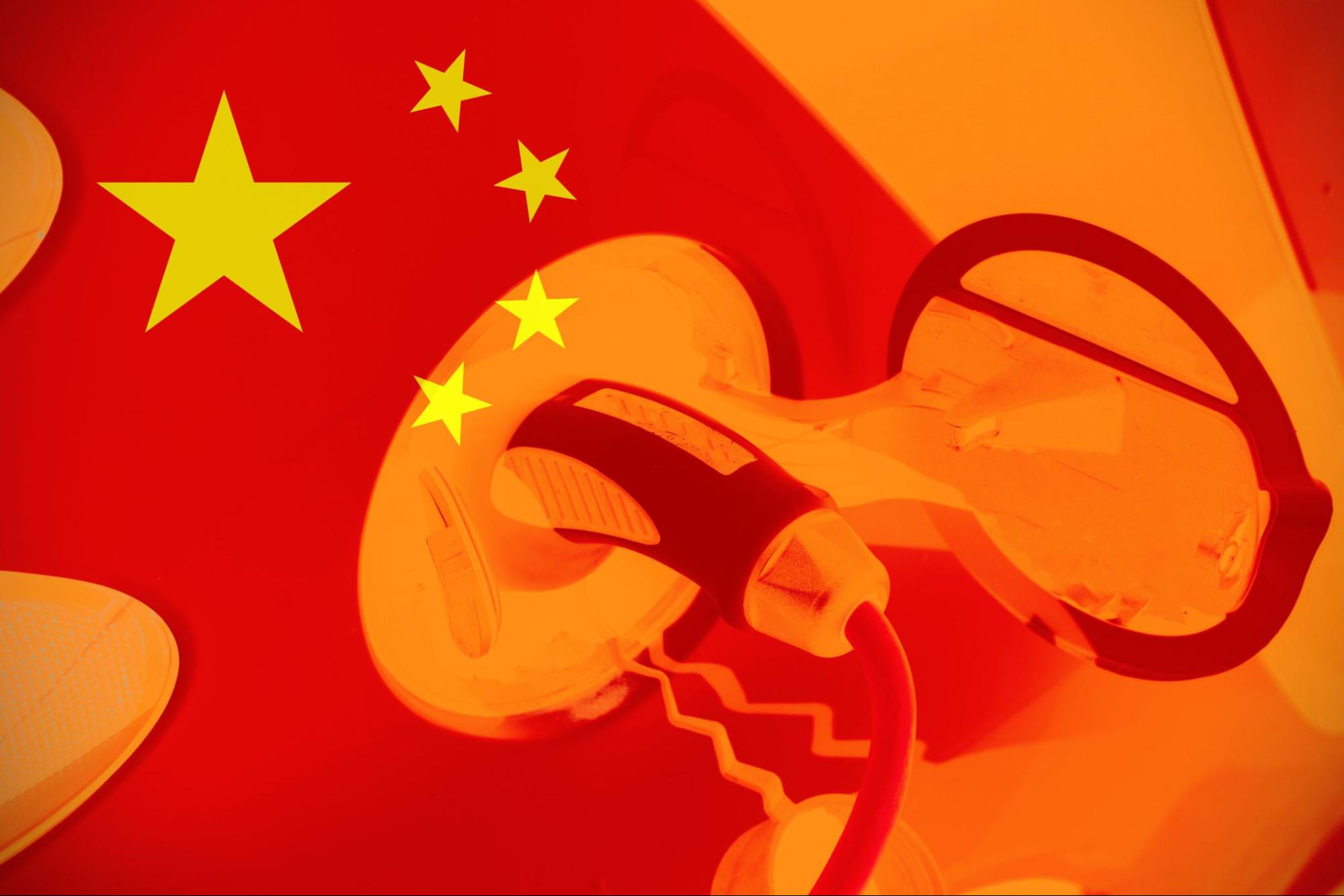
Die Auswirkungen des Markteintritts chinesischer Elektroauto-Marken auf den europäischen Markt
Erfahren Sie, wie chinesische Elektroautomarken den europäischen Markt verändern. Informieren Sie sich über ihre wettbewerbsfähigen Preise und erfahren Sie, wie sich Ihr Autohaus an diese Veränderungen anpassen kann.
20 May 2025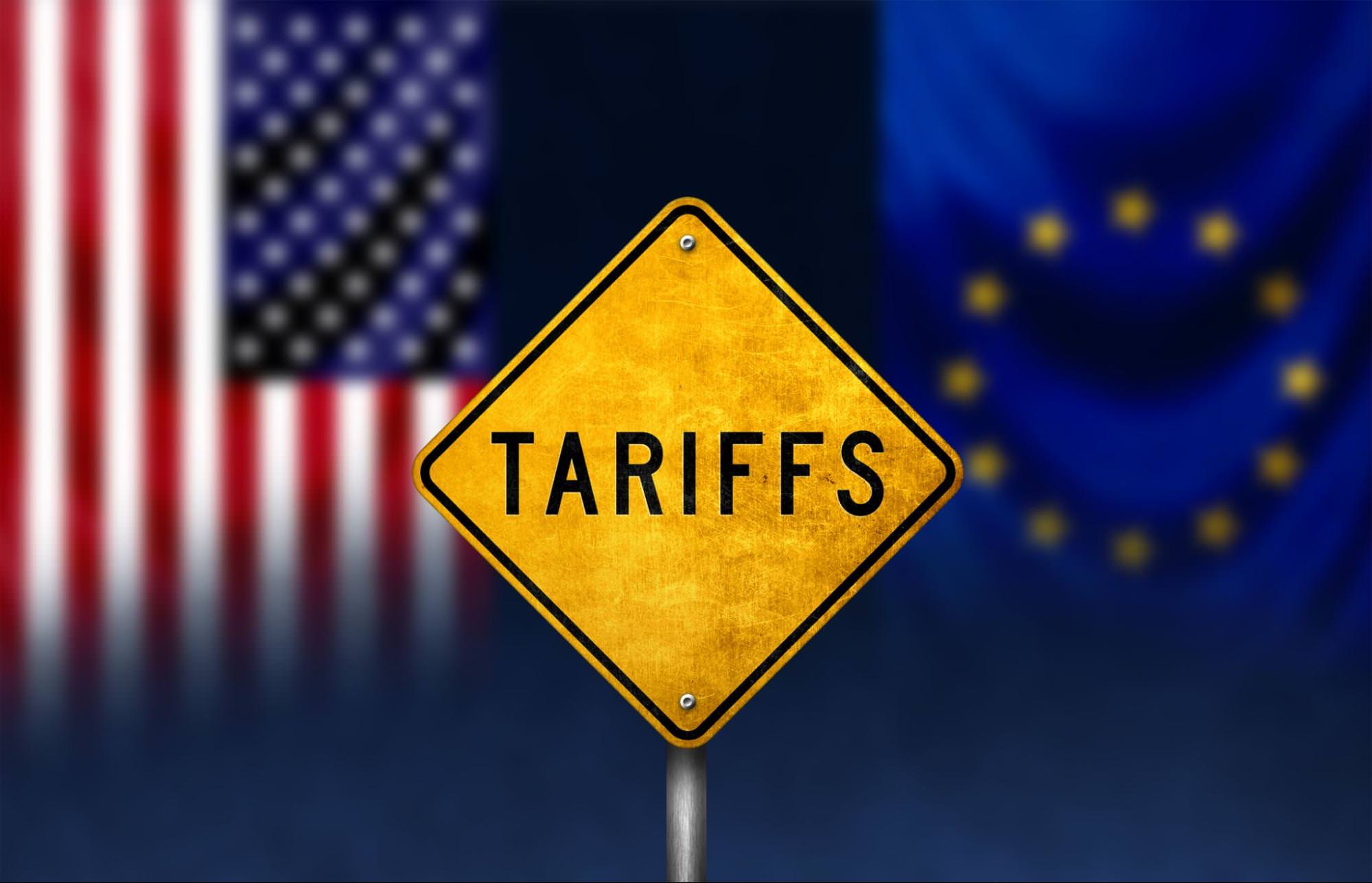
Auswirkungen der Zölle auf den europäischen Gebrauchtwagenmarkt
Informieren Sie sich, welche Auswirkungen neue US-Zölle auf den EU-Autohandel haben könnten und was Ihr Autohaus tun kann, um die Nase vorn zu behalten.
19 May 2025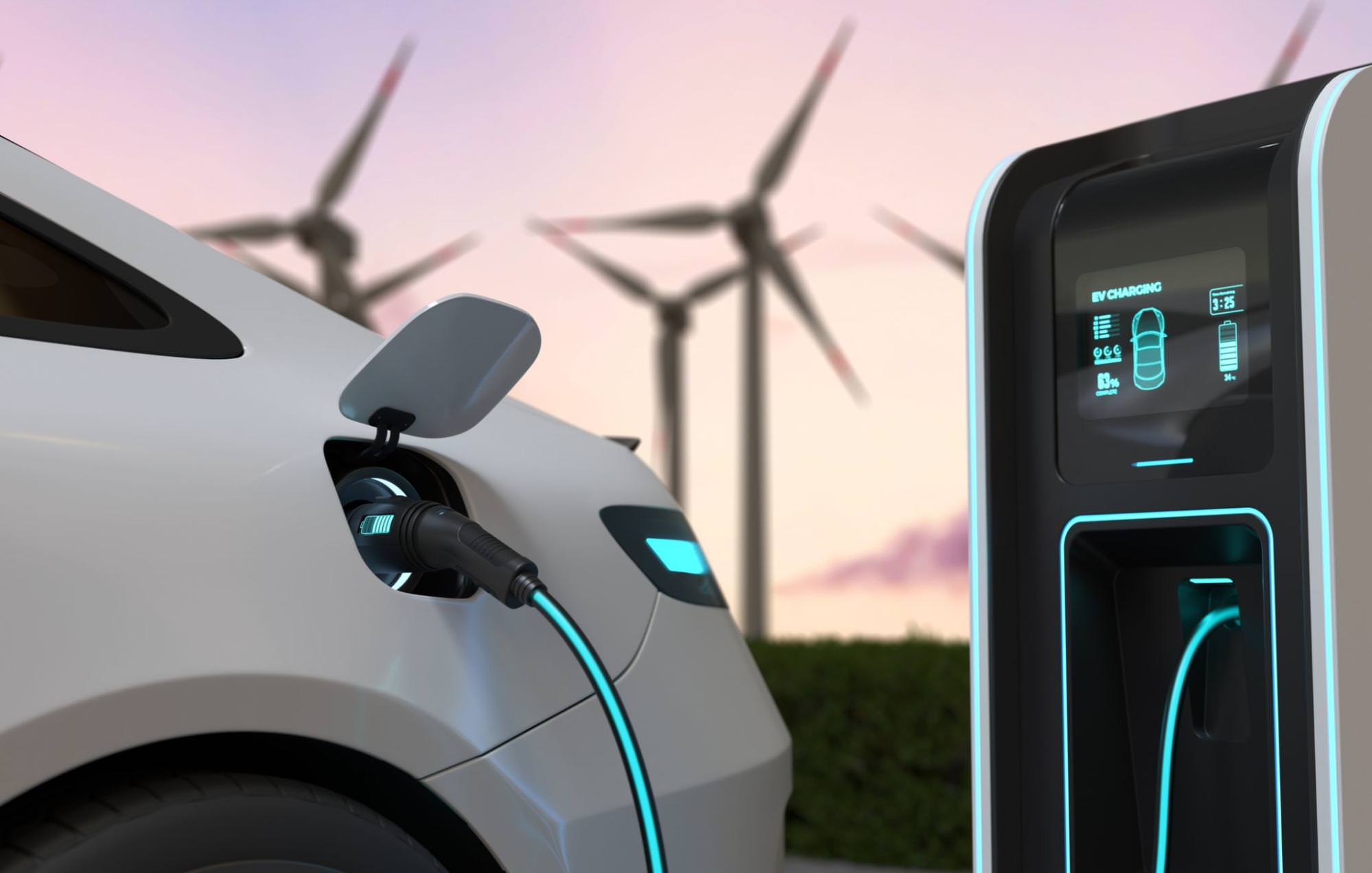
Gebrauchte Elektroautos mit der größten Reichweite kaufen
Suchen Sie gebrauchte Elektroautos mit der größten Reichweite? Entdecken Sie fünf Topmodelle mit großem Wiederverkaufspotenzial und Tipps für einen schnelleren Verkauf.
21 April 2025
Alles, was Sie über Batteriezustandszertifikate wissen müssen
Erfahren Sie alles über die Prüfung von Elektrofahrzeugbatterien, SOH-Zertifikate und wie Sie diese erhalten, wenn Ihr Kunde danach fragt. Außerdem erfahren Sie, warum sie nützlich, aber nicht obligatorisch sind.
28 March 2025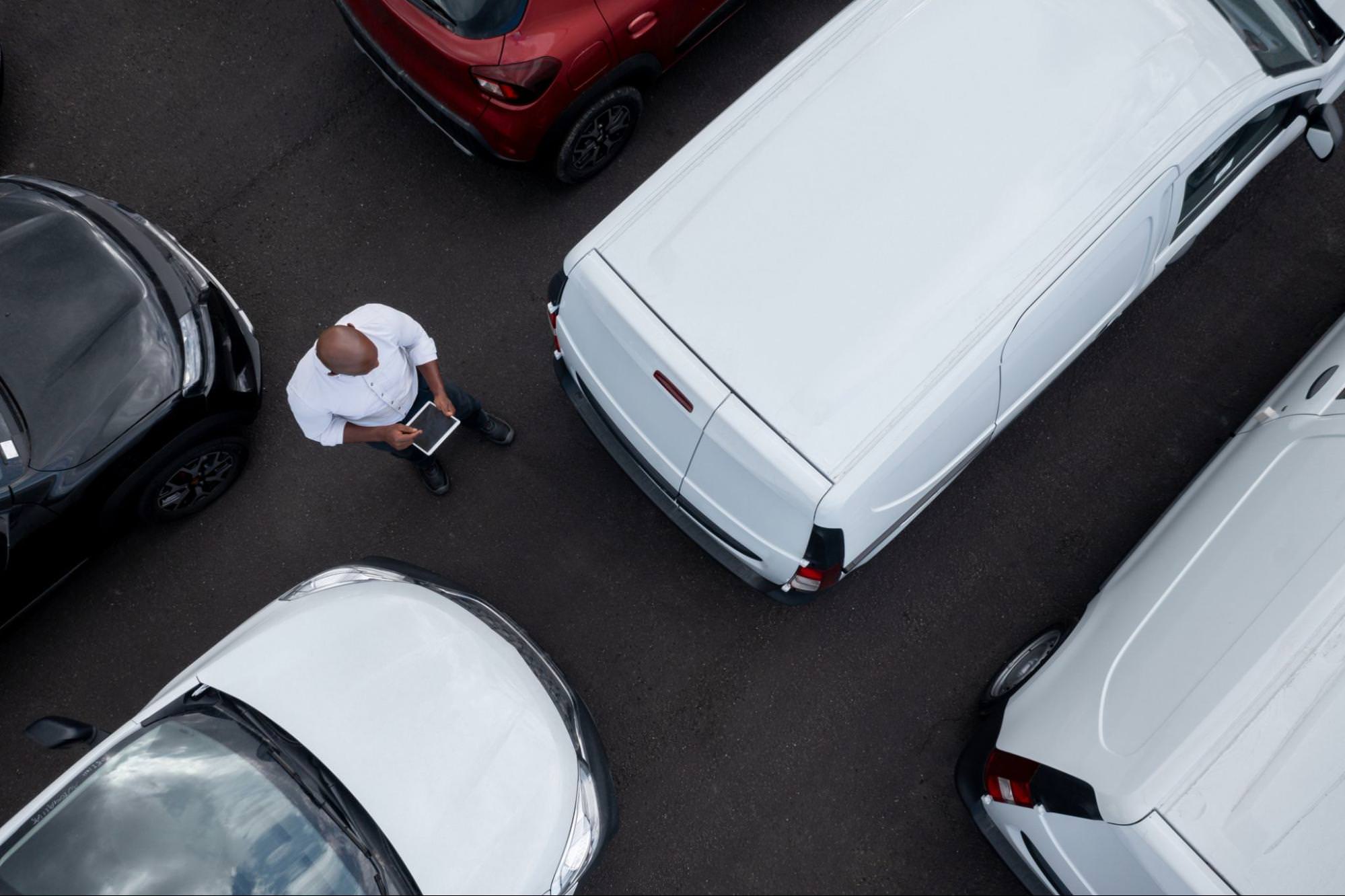
Geschäftstipps für Gebrauchtwagenhändler im Jahr 2025
Entdecken Sie bewährte Methoden für Gebrauchtwagenhändler im Jahr 2025. Erfahren Sie, wie Sie Ihre Lagerbestände intelligent gestalten und finden Sie heraus, an welche Markttrends Sie sich anpassen sollten.
18 February 2025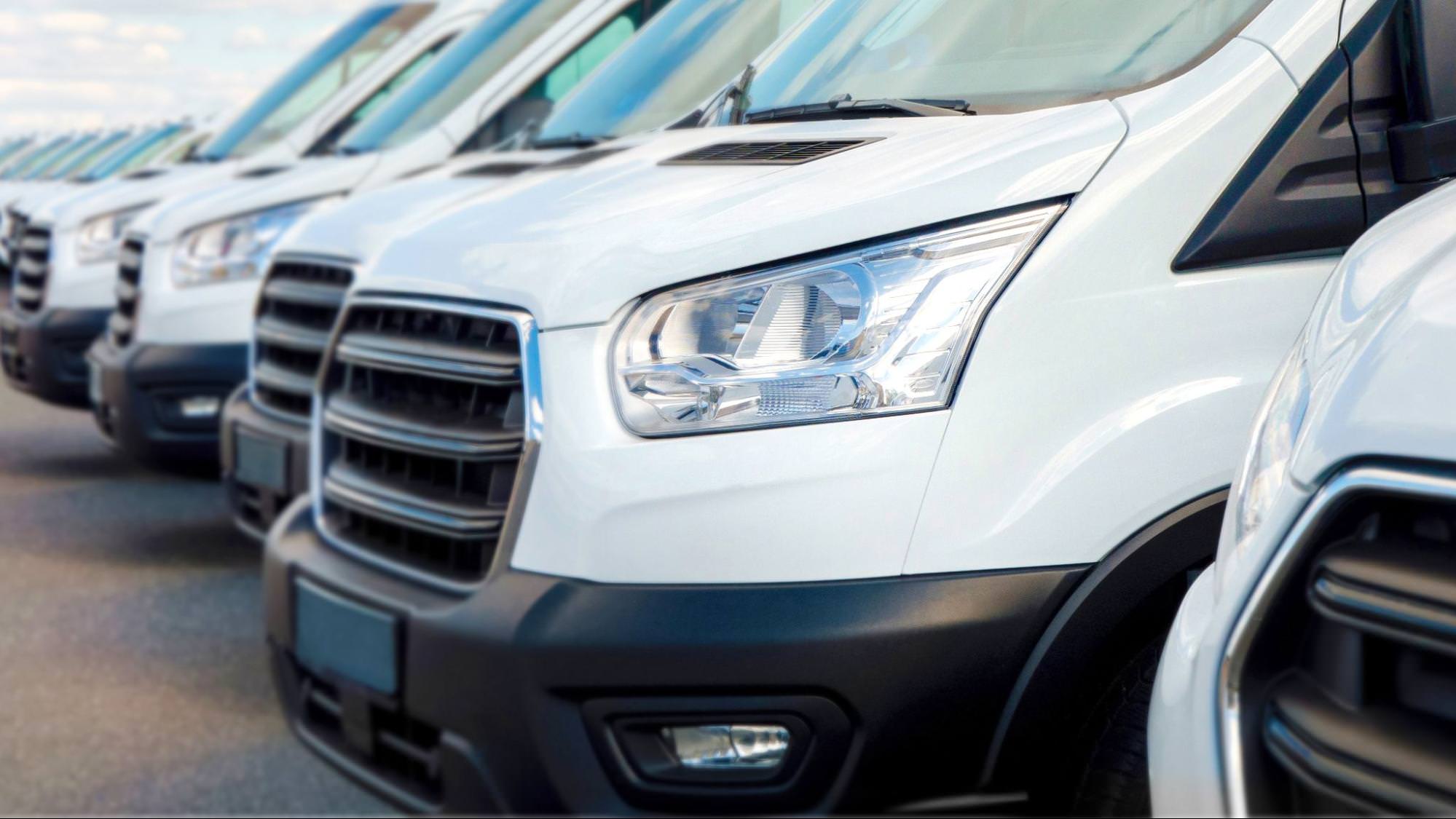
Europäischer Markt für gebrauchte leichte Nutzfahrzeuge – was können wir im Jahr 2025 erwarten?
Entdecken Sie Trends, Tipps und Einblicke zum europäischen LCV-Markt im Jahr 2025. Erfahren Sie, wie Sie die besten gebrauchten Transporter finden und in der Branche die Nase vorn behalten!
28 January 2025
Werden die Gebrauchtwagenpreise in der EU im Jahr 2025 sinken?
Entdecken Sie die Gebrauchtwagenpreisprognose für 2025 und erfahren Sie, wie Faktoren wie Angebot, Nachfrage und EU-Anreize die Zukunft des Gebrauchtwagenmarktes beeinflussen werden. Bleiben Sie mit umsetzbaren Erkenntnissen für Händler immer einen Schritt voraus!
14 January 2025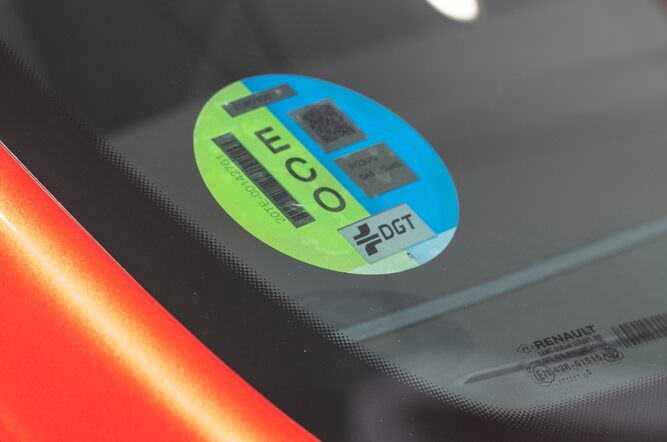
Spaniens DGT-Umweltlabels – Erklärung für Gebrauchtwagenhändler
DGT-Emissionsplakette Spanien: Informieren Sie sich über Fahrzeugkategorien, Zugangsbeschränkungen und die Auswirkungen der kommenden Emissionszonenvorschriften auf Ihr Unternehmen im Jahr 2025.
27 December 2024
Saisonalität im Autoverkauf
Entdecken Sie die Geheimnisse saisonaler Autoverkaufstrends in Europa. Erfahren Sie, wie Sie Ihre Geschäftsstrategie optimieren, Ihren Lagerbestand verwalten und Ihre Gewinne maximieren – durch strategische Einblicke in die Veränderungen auf dem Automobilmarkt.
29 November 2024
Wie verwalten und organisieren Sie Ihr Autohaus?
Bereiten Sie Ihren Gebrauchtwagenhandel auf den Erfolg vor, indem Sie das Händlermanagement meistern und den Grundstein für langfristige Rentabilität legen.
29 September 2024
So konkurrieren Sie mit größeren Händlern in Ihrer Region
Lernen Sie effektive Strategien kennen, um mit größeren Händlern in Ihrer Gegend zu konkurrieren. Erhalten Sie Einblicke in Marketing, Kundenservice und Möglichkeiten zur Fahrzeugbeschaffung.
26 September 2024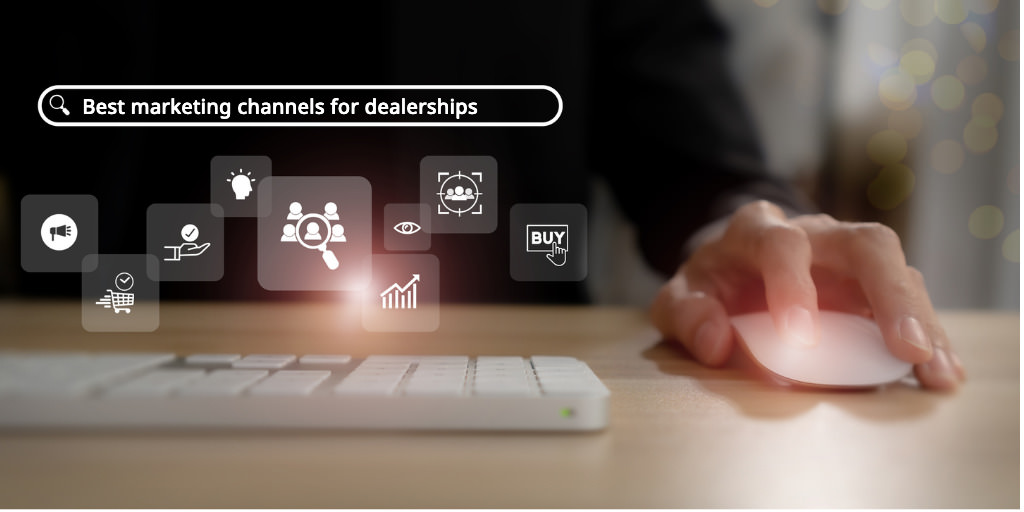
Beste Marketingkanäle für Autohäuser und Automobilunternehmen
Entdecken Sie die besten Marketingkanäle für Autohäuser und Automobilunternehmen. Erfahren Sie, wie Sie Ihr Autohandelsgeschäft effektiv fördern und Ihre Zielgruppe erreichen.
25 September 2024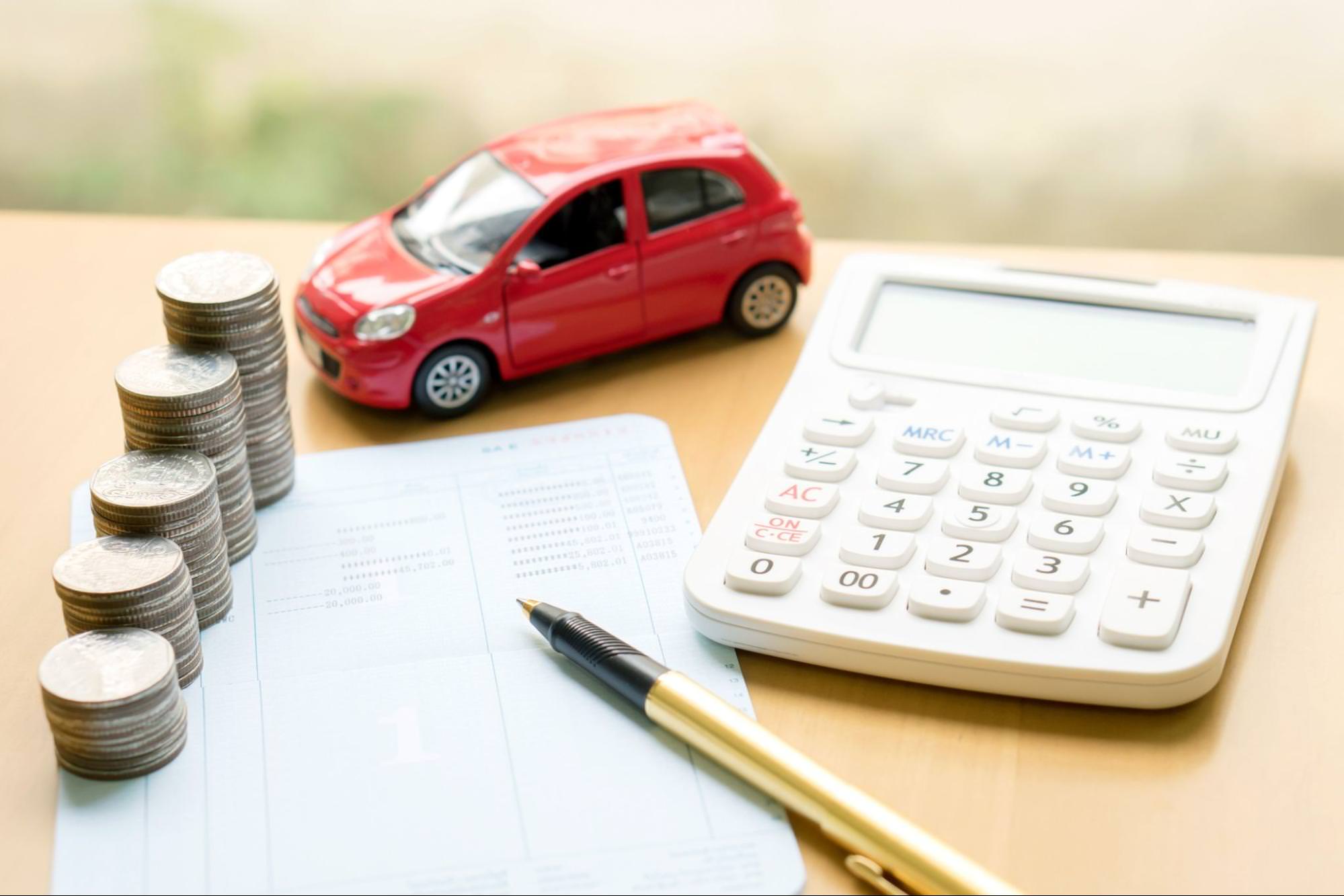
Welche Faktoren beeinflussen den Wert eines Gebrauchtwagens und wie legt man den richtigen Preis fest?
Erfahren Sie, wie Sie für Ihr Autohaus Gebrauchtwagen richtig bewerten und bepreisen. Entdecken Sie Schlüsselfaktoren, effektive Strategien und Tools, um die Rentabilität und das Kundenvertrauen zu steigern
24 September 2024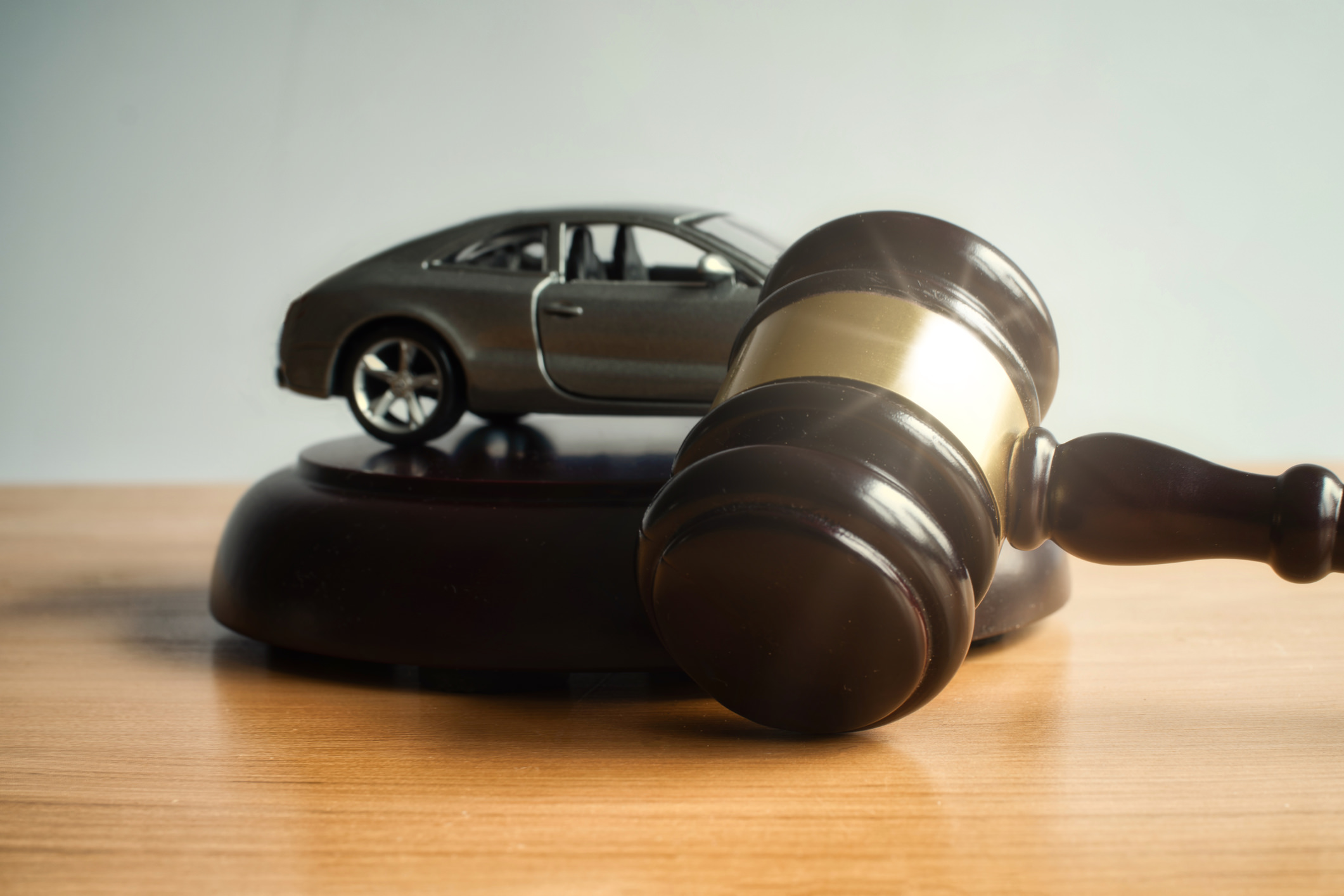
Fehler, die Sie bei Online-Autoauktionen vermeiden sollten
Erkennen und vermeiden Sie häufige Fehler bei Gebrauchtwagenauktionen, damit Sie für Ihr Autohaus garantiert die besten Angebote erhalten.
23 September 2024
So importieren Sie ein Auto nach Belgien
Importieren Sie Autos aus der EU nach Belgien mit unserer Schritt-für-Schritt-Anleitung für Autohändler. Lernen Sie lokale Trends, Vorschriften, Steuern und Formalitäten einfach kennen.
21 September 2024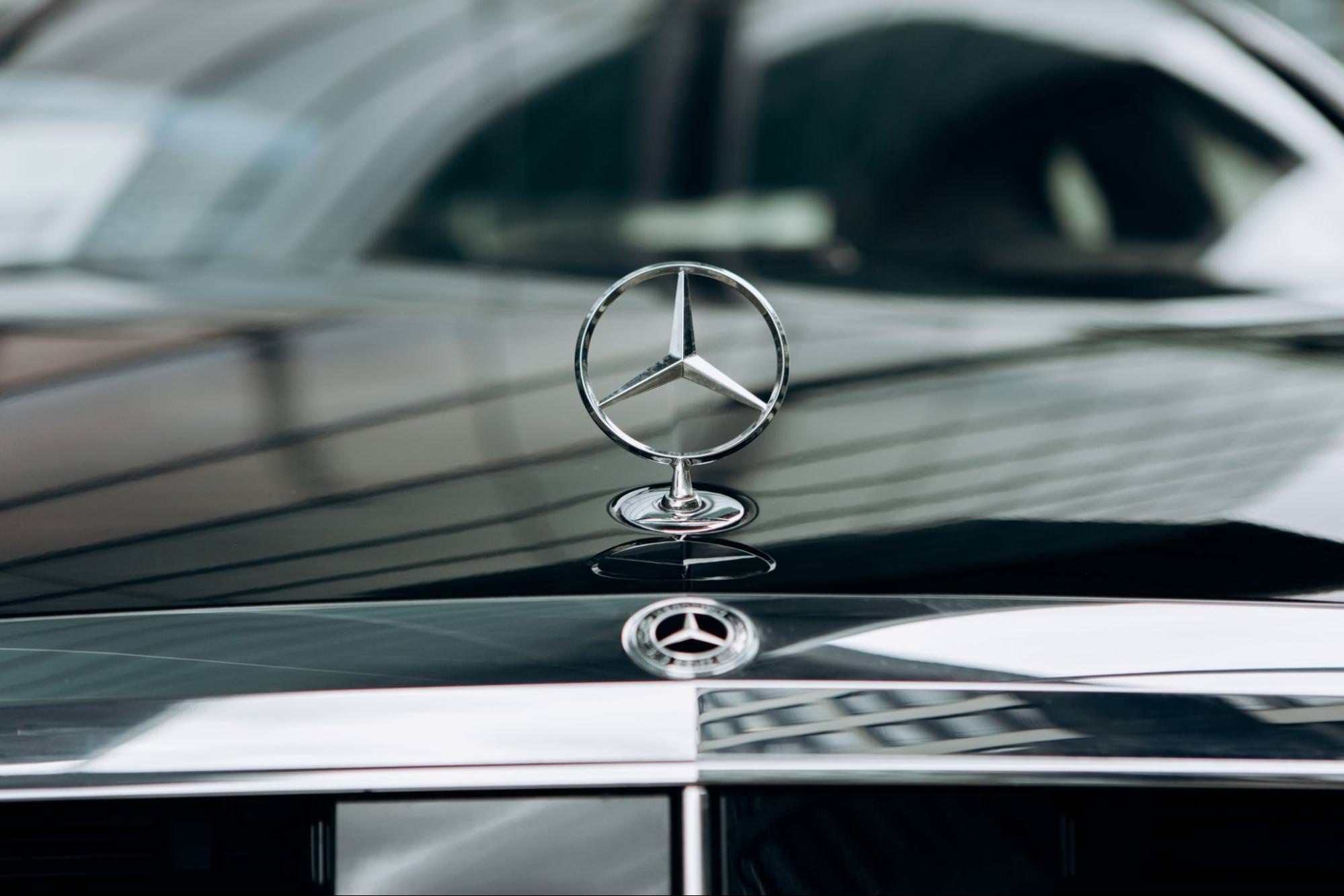
5 Fakten über Mercedes, die jeder Autoverkäufer kennen sollte
Entdecken Sie wichtige Fakten über Mercedes-Benz, die jeder Autohändler kennen sollte. Steigern Sie Ihr Wissen und Ihr Verkaufspotenzial – von der reichen Geschichte bis hin zu beliebten Modellen in ganz Europa.
20 September 2024
Europa: Absatz von Elektrofahrzeugen 2024 – Bericht und Marktprognose
Bemerken Sie Veränderungen auf dem Markt für gebrauchte Elektrofahrzeuge? Sie sind nicht allein. Lesen Sie über die neuesten Trends, Herausforderungen und Chancen, um den Erfolg Ihres Autohauses sicherzustellen.
16 September 2024
KI in Ihrem Autohaus – Wie kann Ihr Geschäft mit KI wachsen?
Erfahren Sie, wie Sie mithilfe von KI Ihren Gebrauchtwagenhandel umgestalten können, von der Bestands- und Preisoptimierung über die Verbesserung des Kundendienstes bis hin zur Steigerung des Umsatzes für ein schnelleres Unternehmenswachstum.
10 September 2024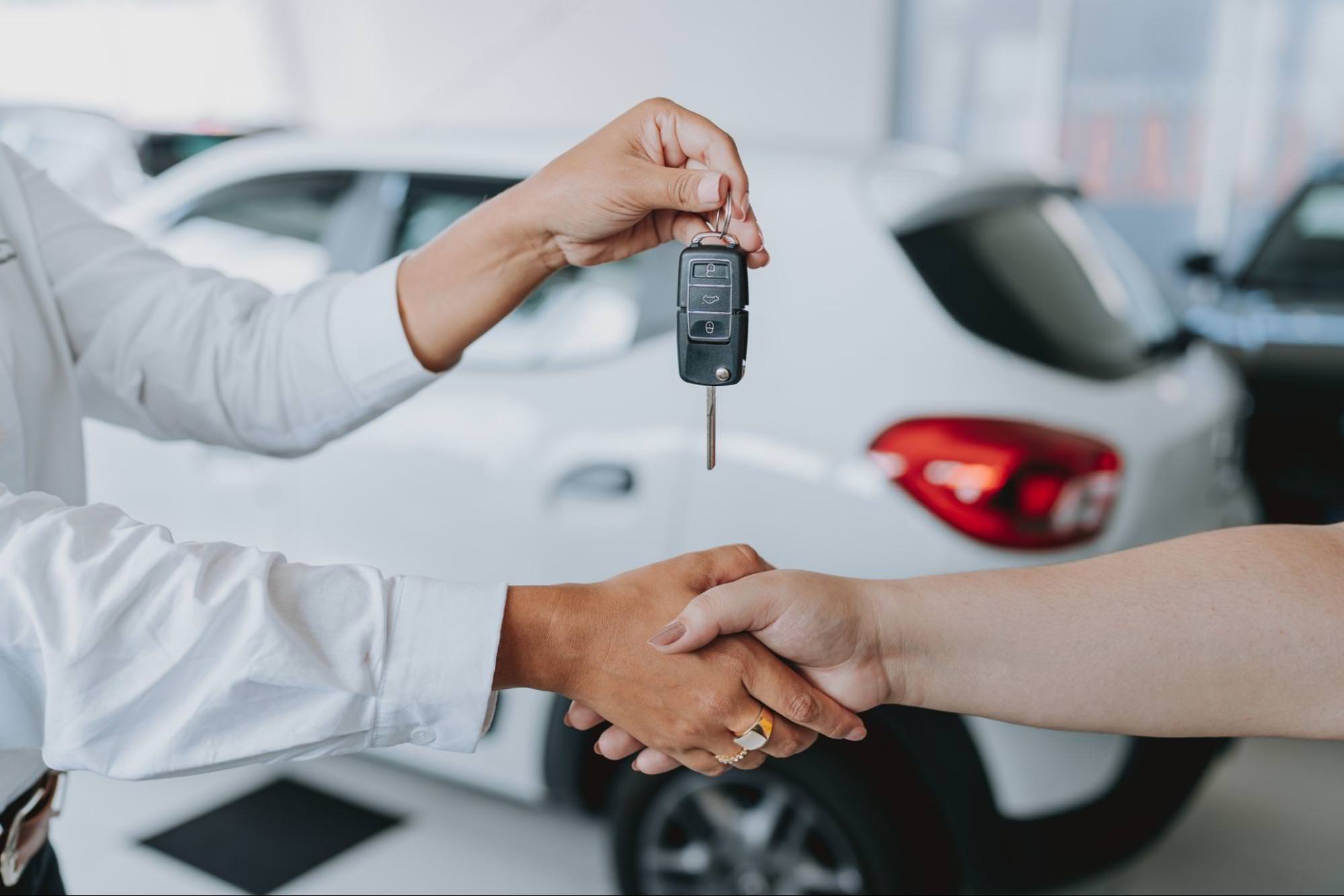
Wie verdienen Gebrauchtwagenhändler Geld?
Erfahren Sie mehr darüber, wie Gebrauchtwagenhändler profitieren - von den Nuancen des Fahrzeugerwerbs und der Überholung bis hin zu den Komplexitäten der hauseigenen Finanzierung und des Kundendienstes.
27 August 2024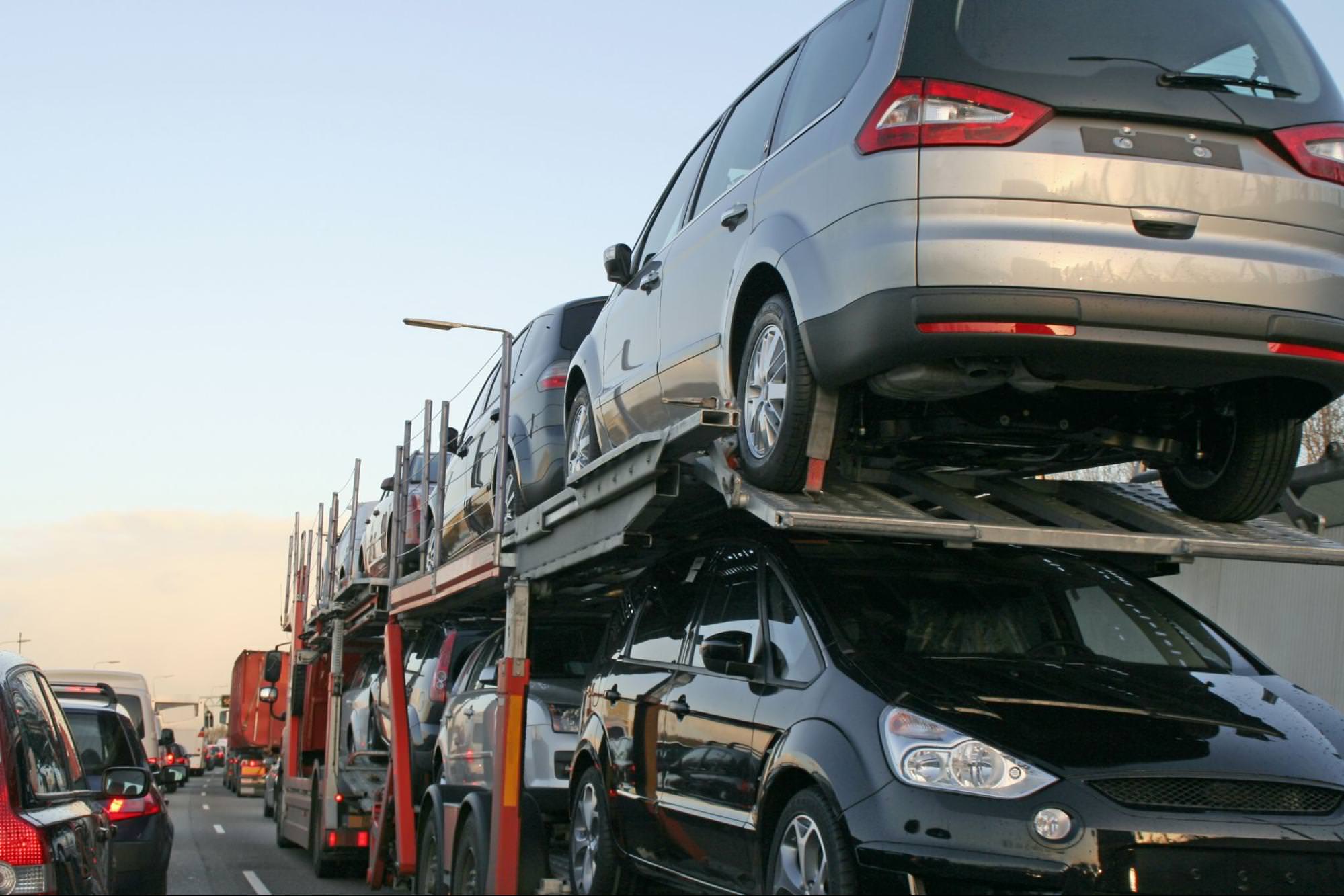
EU-Einfuhrzölle für Autohändler und -verkäufer
Informieren Sie sich über EU-Einfuhrzölle für Autohändler, einschließlich Mehrwertsteuer, Zulassungssteuer und Verbrauchsteuer. Dieser Überblick über Einfuhrzölle hilft Ihnen, sich auf den Prozess der Autoeinfuhr nach Europa vorzubereiten.
23 August 2024
Facebook-Werbeideen für Ihr Autohaus
Schöpfen Sie das volle Potenzial von Facebook-Anzeigen für Ihr Autohaus aus. Entdecken Sie kreative Anzeigenideen, um die Kundenbindung zu erhöhen, den Verkehr zu steigern und mehr Autoverkäufe zu erzielen.
21 August 2024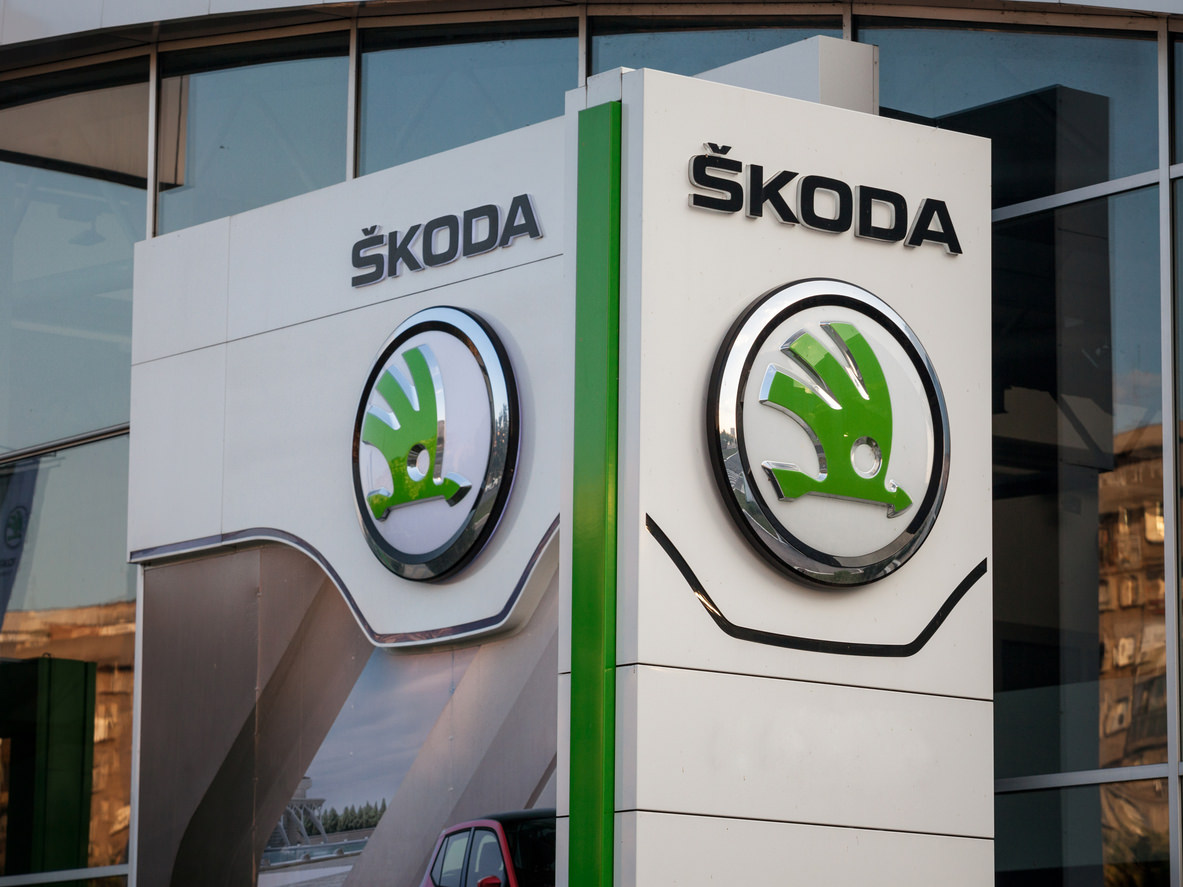
5 Fakten über Skoda, die jeder Autoverkäufer kennen sollte
Entdecken Sie wichtige Fakten über Skoda, einschließlich Gewinnspannen, Wiederverkaufswerte und die Marktvorteile der Marke, um Ihr Autohausgeschäft anzukurbeln.
12 August 2024
5 Ideen zur Verbesserung der Kundenzufriedenheit in Ihrem Autohaus
Steigern Sie die Kundenzufriedenheit Ihres Autohauses mit diesen effektiven Strategien. Von der Verbesserung digitaler Erlebnisse bis hin zur Bereitstellung flexibler Finanzierungsoptionen finden Sie fünf Ideen, die Ihrem Autohaus und seinen Kunden zum Erfolg verhelfen.
6 August 2024
Kämpfen Sie damit, Leads zu verlieren? Wir sagen Ihnen, warum
Erfahren Sie, warum Autohäuser aufgrund mangelnder Nachverfolgung, schlechten Kundendienstes, ineffektiver Kommunikation und mehr potenzielle Neukunden verlieren. Verbessern Sie noch heute Ihre Neukundengewinnung!
31 July 2024Wie verkauft ein Autohaus mehr Autos?
Entdecken Sie, wie Sie mit effektiven Strategien mehr Autos in Ihrem Autohaus verkaufen können. Finden Sie Tipps zum Umgang mit Kundeninteraktionen, zur Optimierung des Lagerbestands und zur Nutzung von digitalem Marketing, um Ihre Sichtbarkeit zu steigern.
26 July 2024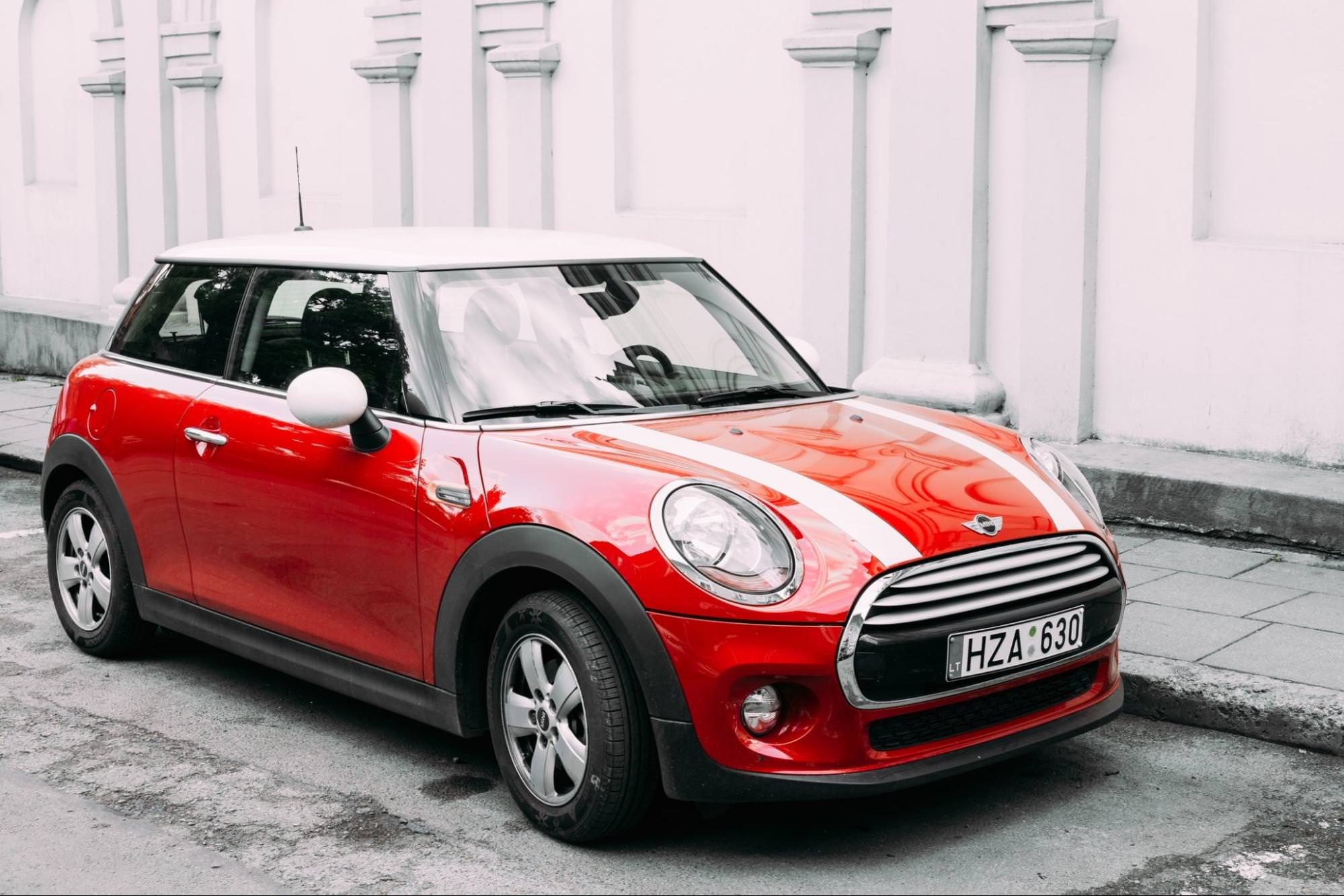
5 Fakten über den Mini Cooper, die jeder Autoverkäufer kennen sollte
Entdecken Sie, wie Mini-Autos klassischen Charme mit moderner Innovation verbinden und sie zu einer intelligenten Investition in Fahrspaß machen. Sehen Sie sich unsere lustigen Fakten über Mini an!
19 July 2024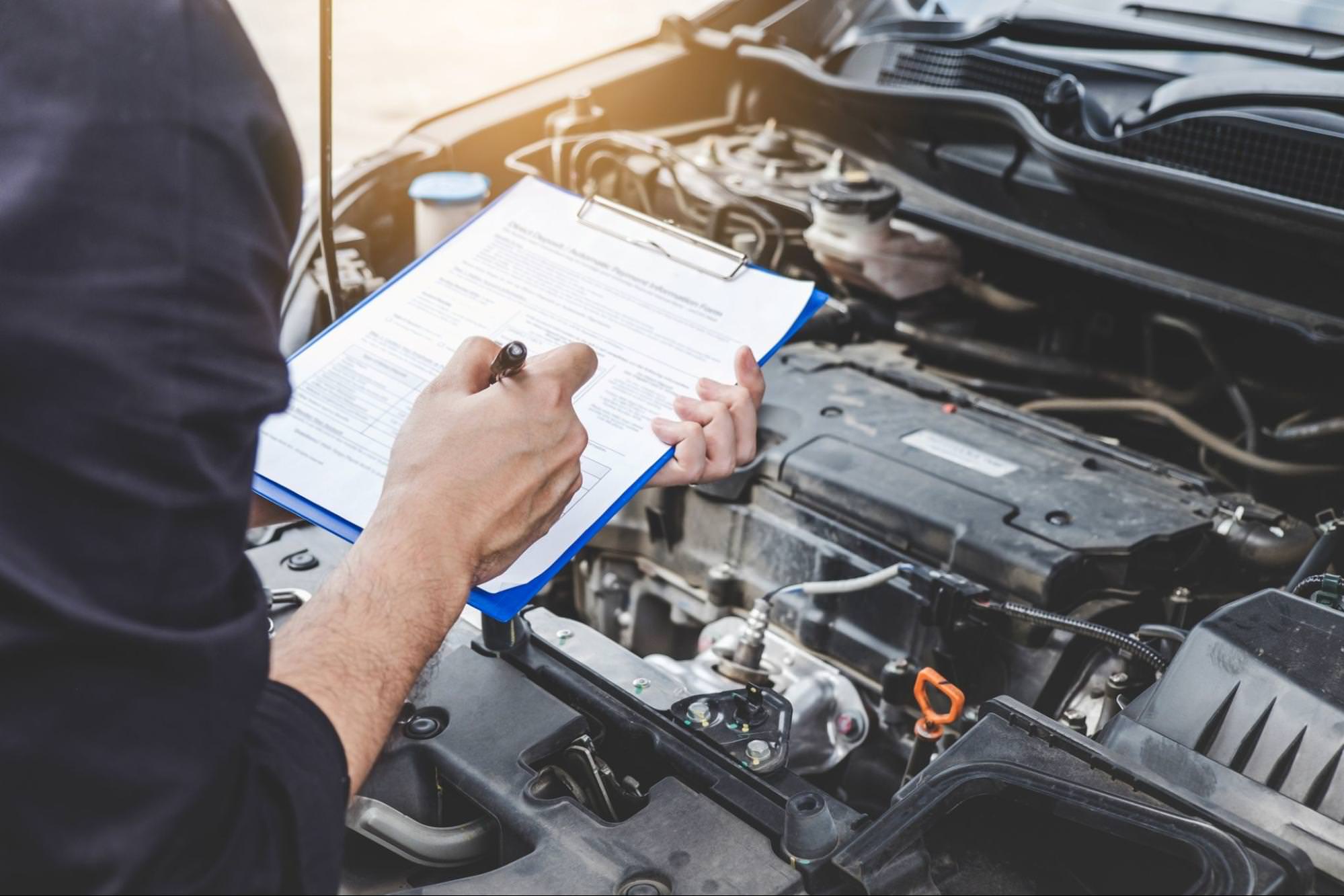
TÜV-Bescheinigung in der EU – Was EU-Händler wissen sollten
Halten Sie die Vorschriften ein und sorgen Sie mit unserem leicht verständlichen Leitfaden zu TÜV-Bescheinigungen für die Sicherheit Ihrer Fahrzeuge. Finden Sie heraus, was eine TÜV-Bescheinigung ist und wann Autohändler sie benötigen.
15 July 2024
Fehler, die Sie als neuer Händler vermeiden sollten
Vermeiden Sie die vier häufigsten Probleme im Autohandel und stellen Sie sich auf Erfolgskurs. Lernen Sie effektive Lösungen kennen, um Ihren Kundenstamm zu vergrößern.
4 July 2024
BPM-Steuer in den Niederlanden – Was ist das und wie wird sie berechnet?
Erfahren Sie mehr über die BPM-Steuer in den Niederlanden: Was sie ist, wie sie berechnet wird und warum sie für Autohändler wichtig ist. Entdecken Sie, wie eCarsTrade den Prozess vereinfacht.
28 June 2024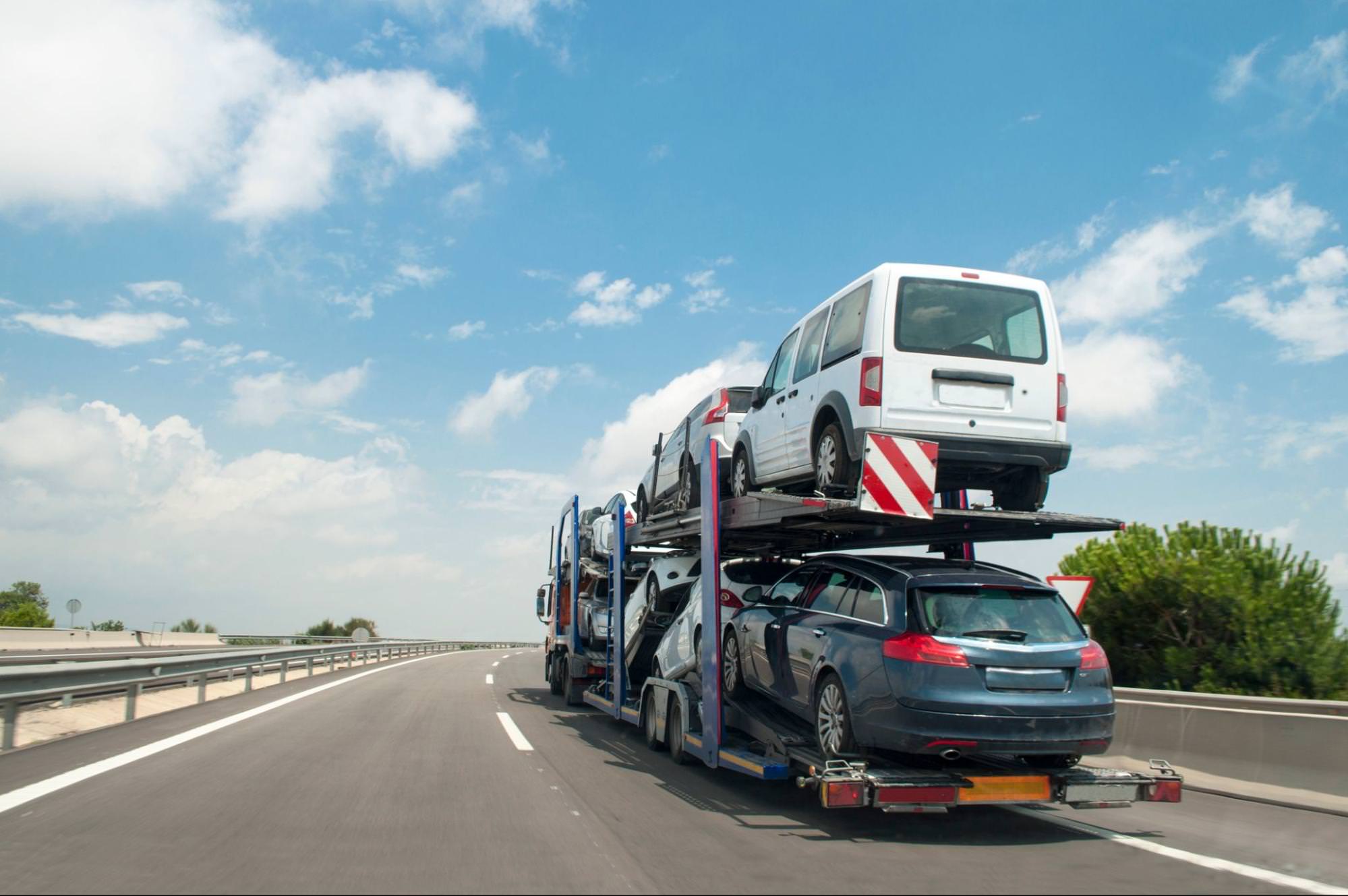
5 gekaufte Autos von belgischen Auktionen an einen Händler in Portugal – Sehen Sie sich den gesamten Prozess an!
27 June 2024
Gebrauchtwagenmarkt in Europa: Trends und Analysen für das 1. und 2. Quartal 2024
26 June 2024
Beziehungen zu Kunden aufbauen - ein paar Tipps von Vertriebsexperten
Entdecken Sie Expertentipps zum Aufbau von Kundenbeziehungen. Lernen Sie Strategien von Vertriebsexperten, um Vertrauen und Loyalität in Ihrem Unternehmen zu fördern.
25 June 2024
5 BMW-Fakten, die jeder Autoverkäufer kennen sollte
Entdecken Sie 5 faszinierende Fakten über BMW, die jeder Autohändler kennen sollte. Von Flugzeugmotoren bis hin zu überraschender Motorsportgeschichte – erweitern Sie jetzt Ihr BMW-Wissen.
24 June 2024
So importieren Sie ein Auto nach Deutschland
Erfahren Sie, wie Sie als Autohändler ein Auto aus der EU nach Deutschland importieren. Entdecken Sie die deutschen Einfuhrbestimmungen, erforderlichen Dokumente, Steuern und eine Schritt-für-Schritt-Anleitung.
23 June 2024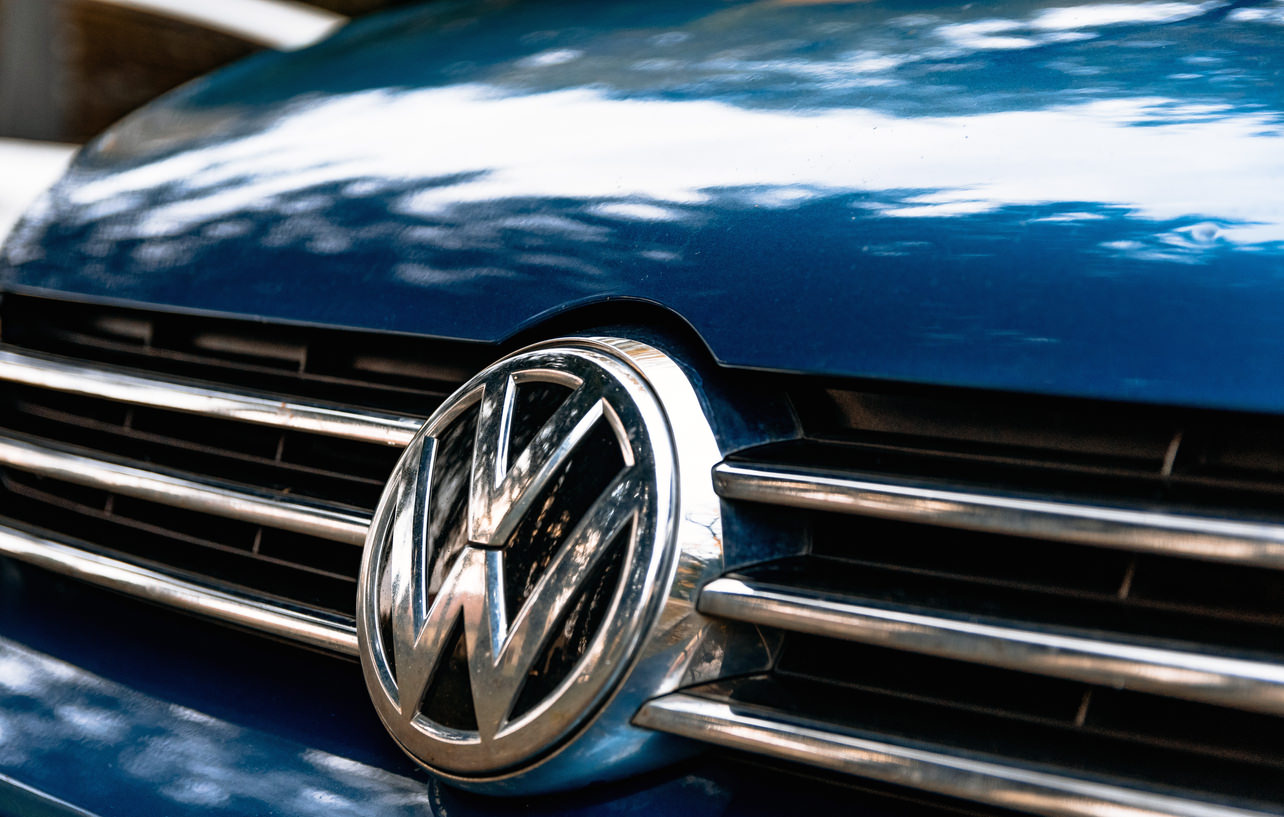
Fakten über Volkswagen, die jeder Autoverkäufer kennen sollte
Mit seiner reichen und komplexen Geschichte hat Volkswagen die Popkultur nachhaltig geprägt. Warum also nicht Ihre Kunden mit einigen faszinierenden Fakten über Volkswagen bezaubern?
22 June 2024
Marketingsoftware für die Automobilindustrie: Unverzichtbare Tools für Autohäuser
Optimieren Sie den Erfolg Ihres Autohauses mit Automobil-Marketing-Software für bessere Einblicke und Engagement. Steigern Sie Umsatz und Sichtbarkeit mit unseren Expertenempfehlungen!
20 June 2024
Warum ist das After-Sales-Erlebnis in der Automobilindustrie so wichtig?
Erfahren Sie, warum das After-Sales-Erlebnis in der Automobilbranche so wichtig ist. Finden Sie heraus, wie Sie es optimieren können, um die Kundenzufriedenheit und den Erfolg Ihres Autohauses zu steigern.
15 June 2024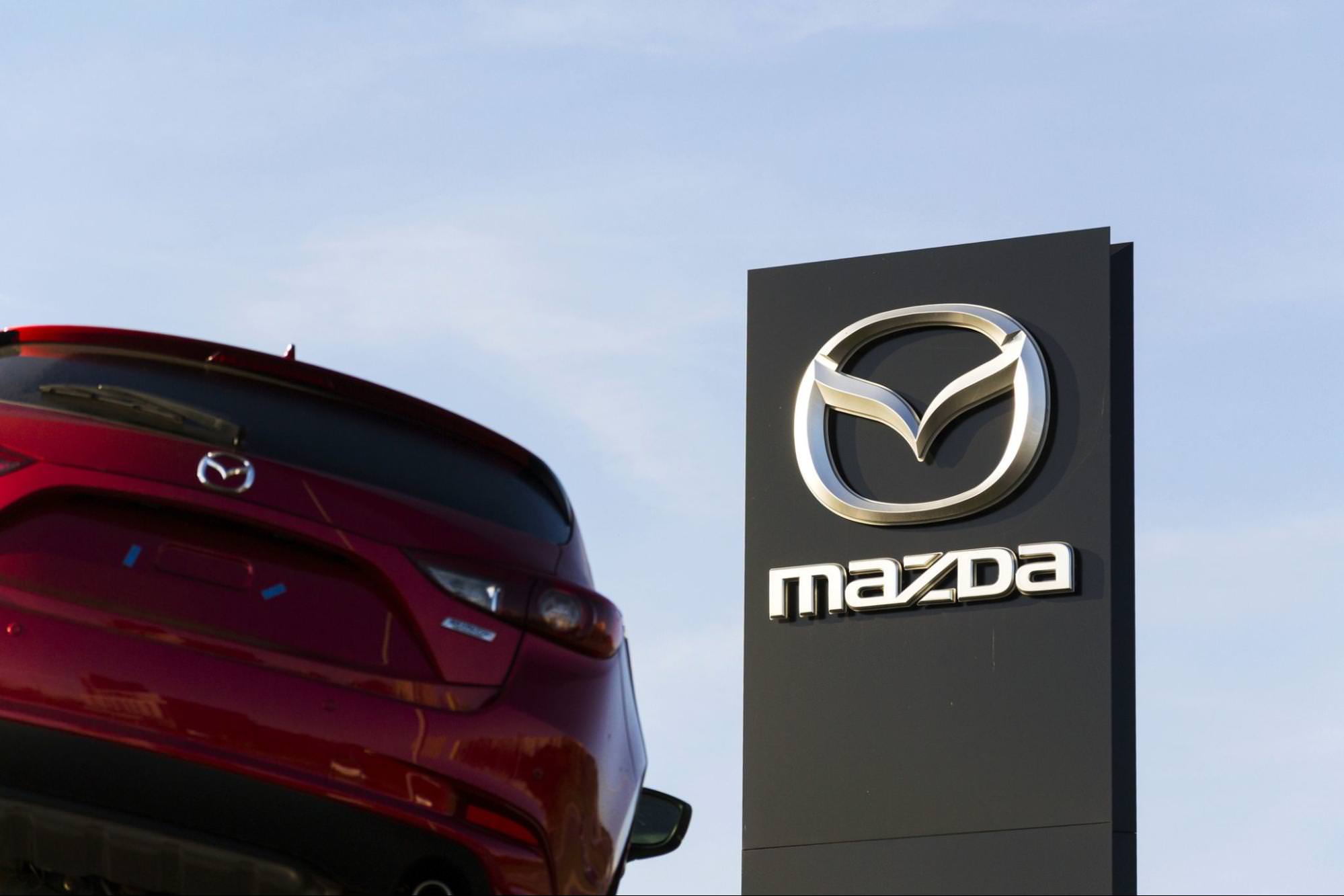
5 Fakten über Mazda, die jeder Autoverkäufer kennen sollte
Beeindrucken Sie Ihre Kunden mit diesen 5 wesentlichen Mazda-Fakten für ein erfolgreiches Verkaufsgespräch. Von Namens- und Logo-Trivia bis hin zu innovativen Sicherheitsfunktionen – diese Fakten helfen Ihnen, den Deal abzuschließen.
13 June 2024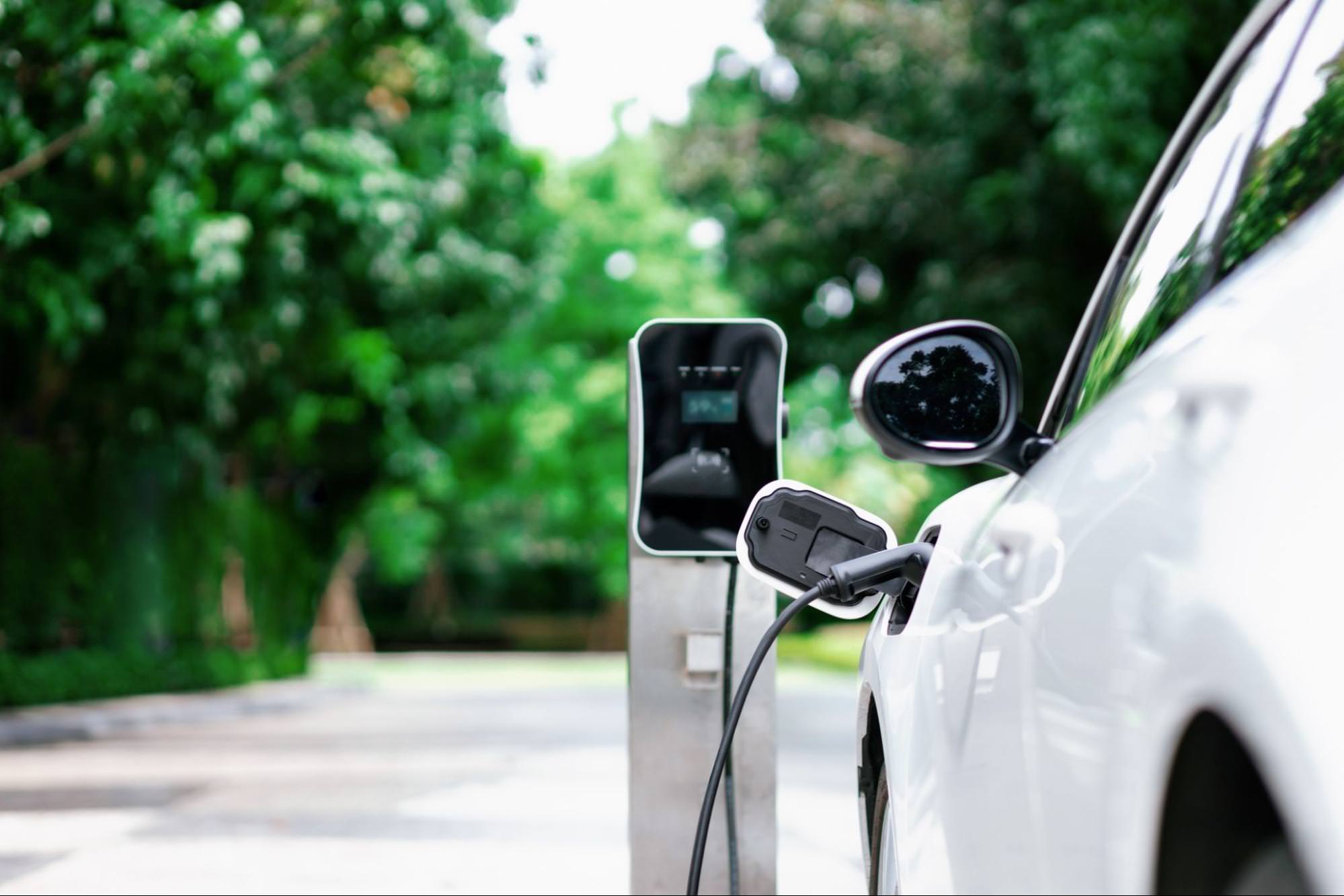
Batterieleasing für Elektroautos – Alles, was Sie wissen möchten
Erfahren Sie alles Wissenswerte zum Batterie-Leasing für bestimmte Elektrofahrzeuge und informieren Sie sich über Kosten, Vorteile und Monatsraten.
5 June 2024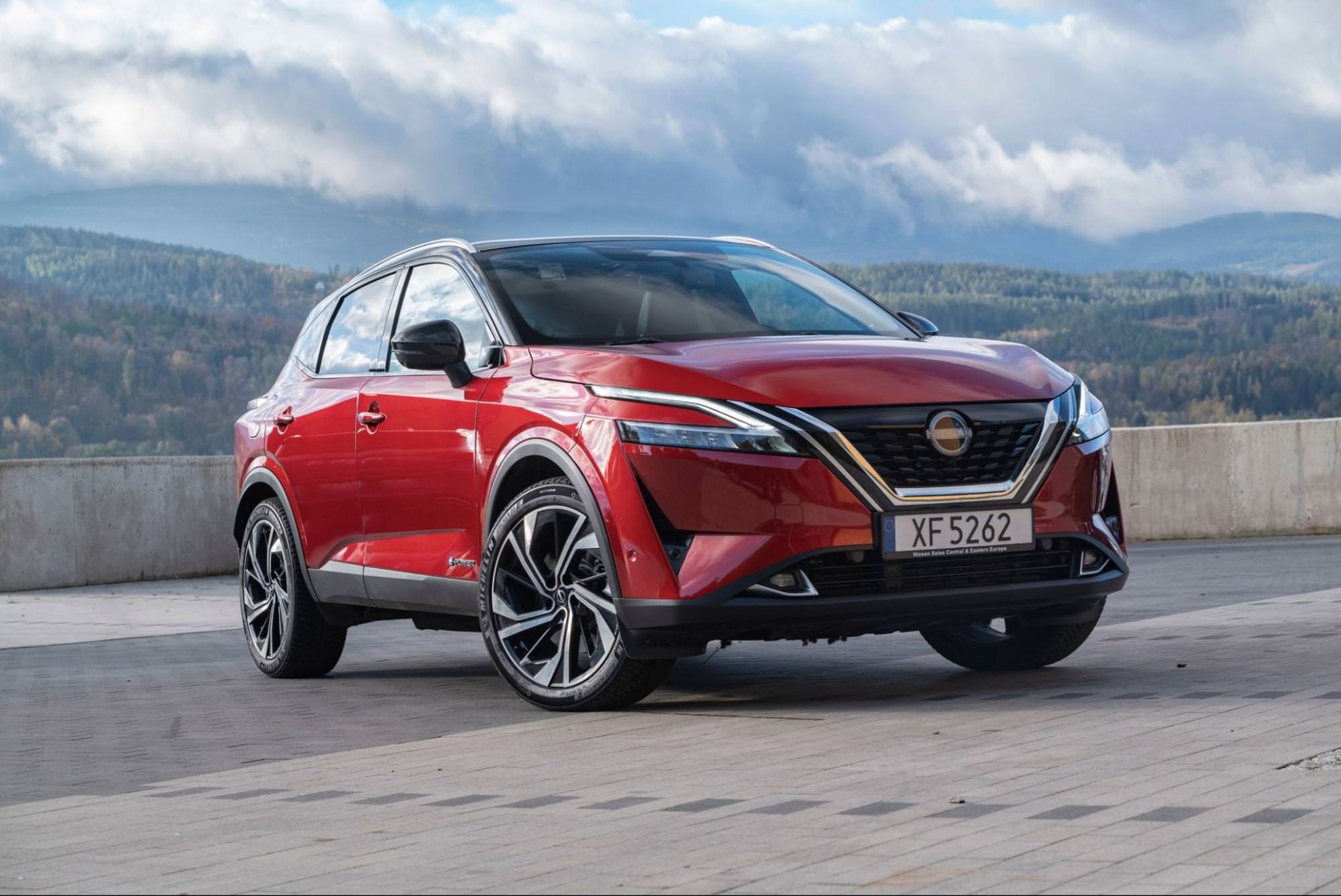
Wissenswertes über Nissan, das jeder Autoverkäufer kennen sollte
Entdecken Sie sechs interessante Fakten über Nissan, die Sie in den Marketing- und Verkaufsgesprächen Ihres Autohauses verwenden können. Ihre Kunden werden sie umwerfend finden!
31 May 2024
Welche Softwaretools für Händler verwenden erfolgreiche Händler? Schauen wir mal!
Ein erfolgreiches Autohaus verlässt sich bei der Verwaltung seiner Betriebsabläufe – von der Bestandsverwaltung bis hin zur Pflege der Kundenbeziehungen – auf Softwarelösungen und Tools für Autohändler.
27 May 2024Alles, was Sie wissen müssen, um einen Geschäftsplan für Ihren Gebrauchtwagenhandel zu erstellen
Legen Sie los mit Ihrem Geschäftsplan für den Autohandel: Einfache und leicht verständliche Anleitung zum Aufbau erfolgreicher Strategien für den Gebrauchtwagenverkauf.
17 May 2024
So planen und schreiben Sie Inhalte zum Thema Automobil, die bei Google ranken
Mit diesen SEO-Tipps, Strategien zur Schlüsselwortrecherche und effektiven Techniken zum Schreiben von Inhalten kann das Schreiben von Autoinhalten ganz einfach sein. Steigern Sie die Sichtbarkeit Ihres Autohauses bei Google!
13 May 2024
Benzin vs. Diesel vs. Hybrid vs. Elektro – Verstehen Sie Ihre Optionen
Was sind die Vor- und Nachteile von Benzin-, Diesel-, Hybrid- und Elektrofahrzeugen? Erfahren Sie alles über Ihre Optionen und heben Sie sich auf dem Gebrauchtwagenmarkt hervor.
29 April 2024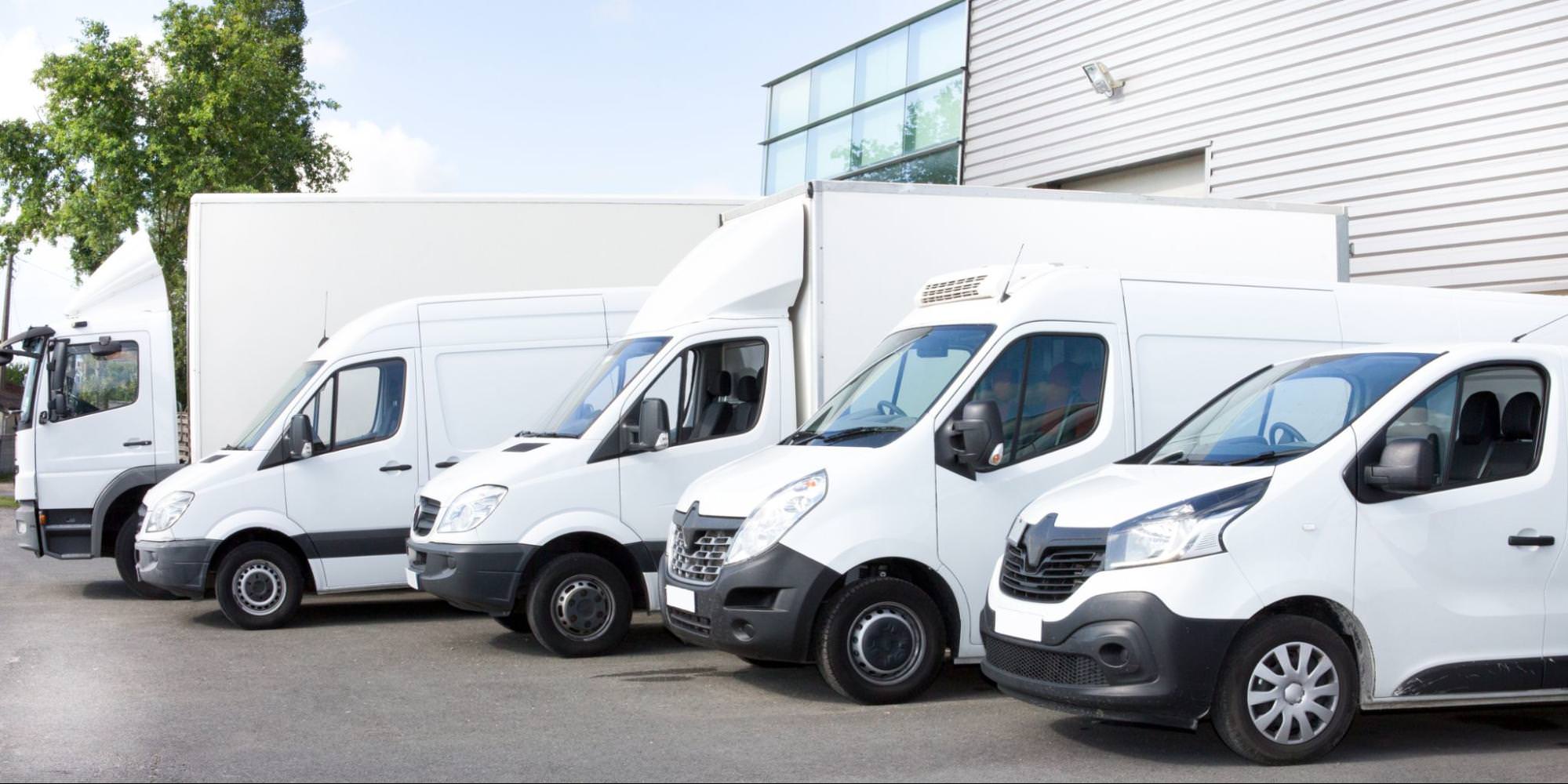
Arten von leichten Nutzfahrzeugen für Unternehmen und Flotten
Entdecken Sie die verschiedenen Typen von leichten Nutzfahrzeugen (LCVs). Von Kastenwagen bis Pick-up-Trucks: Informieren Sie sich über die unterschiedlichen Einsatzmöglichkeiten und Vorteile für Ihr Unternehmen.
26 April 2024
Was ist ein COC (Certificate of Conformity) und wie erhält man es?
Konformitätszertifikat (COC) entschlüsselt: Eine Pflichtlektüre für Autohäuser. Vereinfachen Sie die Einhaltung von Vorschriften, optimieren Sie Transaktionen, bedienen Sie Ihre Kunden besser.
24 April 2024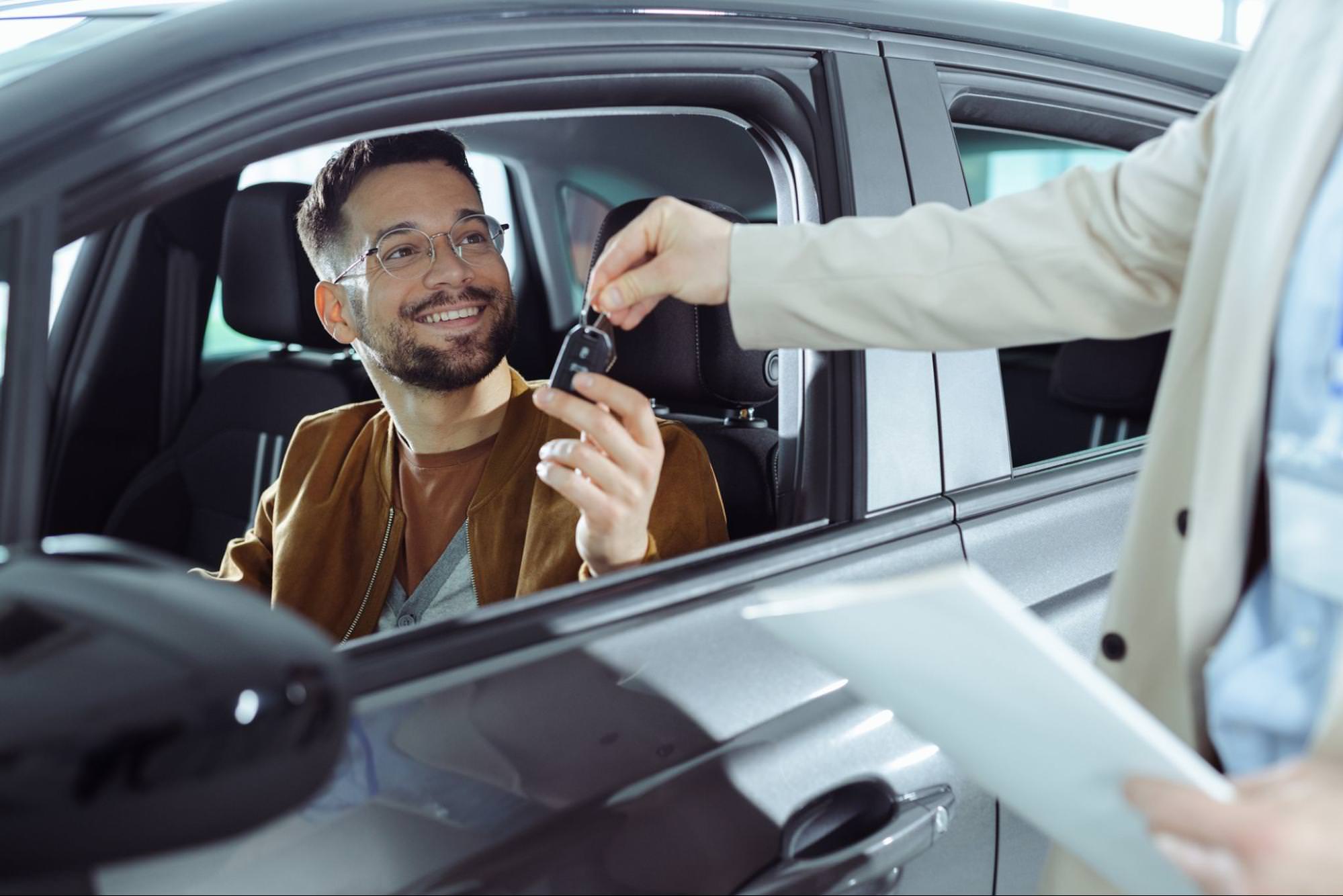
So steigern Sie die Rentabilität Ihres Autohauses und verkaufen im Jahr 2024 mehr Autos
Bewährte Strategien, die die Rentabilität Ihres Autohauses steigern können. Erfahren Sie, wie intelligente Bestandsauswahl, Marktanalyse und eine starke Online-Präsenz zu mehr Umsatz führen können.
28 March 2024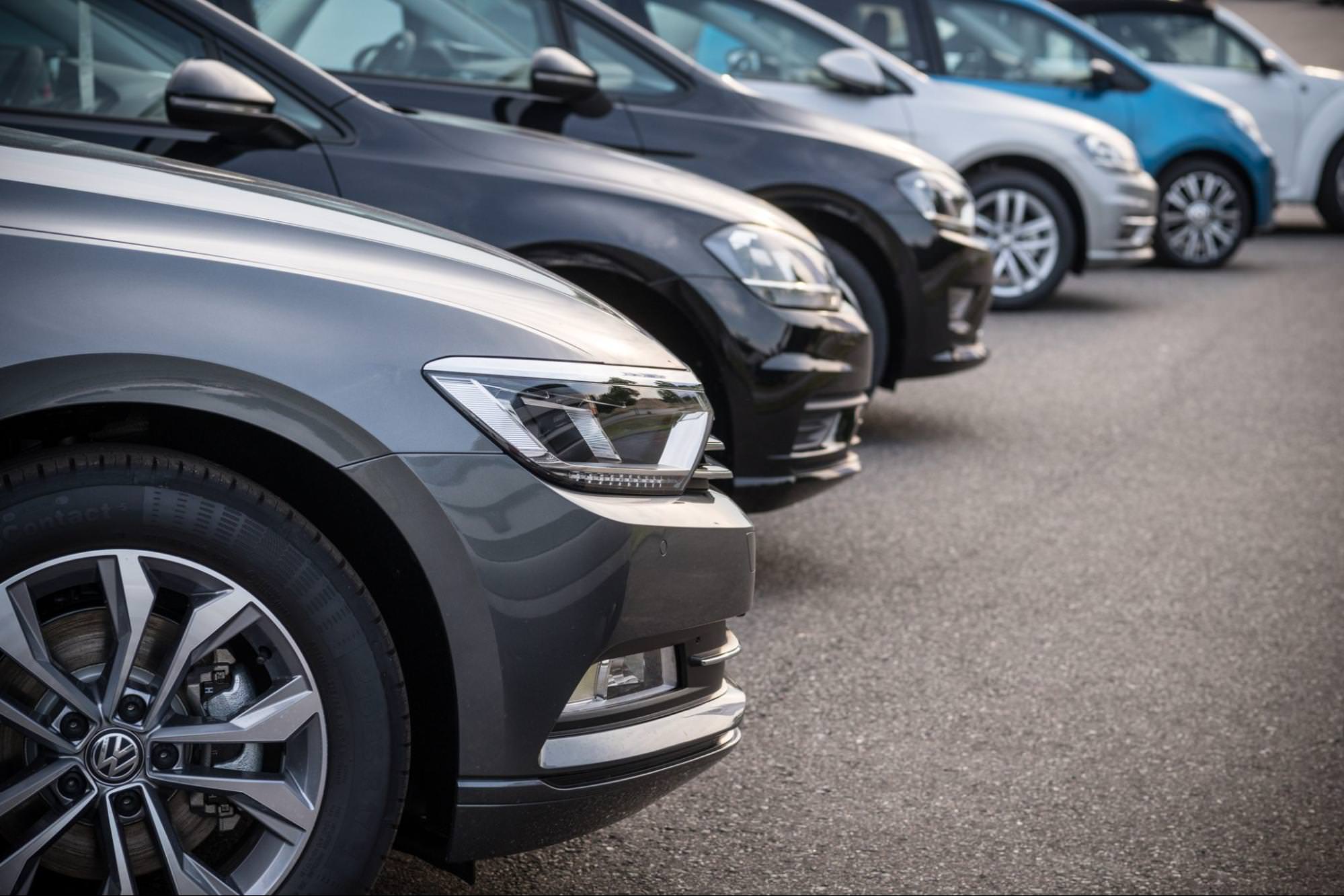
Bestandsmanagement in Ihrem Autohaus – wissen Sie, wie man es richtig macht?
Entdecken Sie effektive Bestandsmanagementstrategien für Autohäuser, um den Lagerbestand zu optimieren, den Umsatz zu steigern und die Konkurrenz zu übertreffen.
27 March 2024
Woher bekommen Händler ihre Fahrzeuge und Gebrauchtwagen?
Entdecken Sie, wo Gebrauchtwagenhändler Autos bekommen, von Auktionen bis hin zu Inzahlungnahmen und Direktkäufen, mit Vor- und Nachteilen für jede Methode, die Ihnen hilft, Ihren Bestand zu vergrößern.
25 March 2024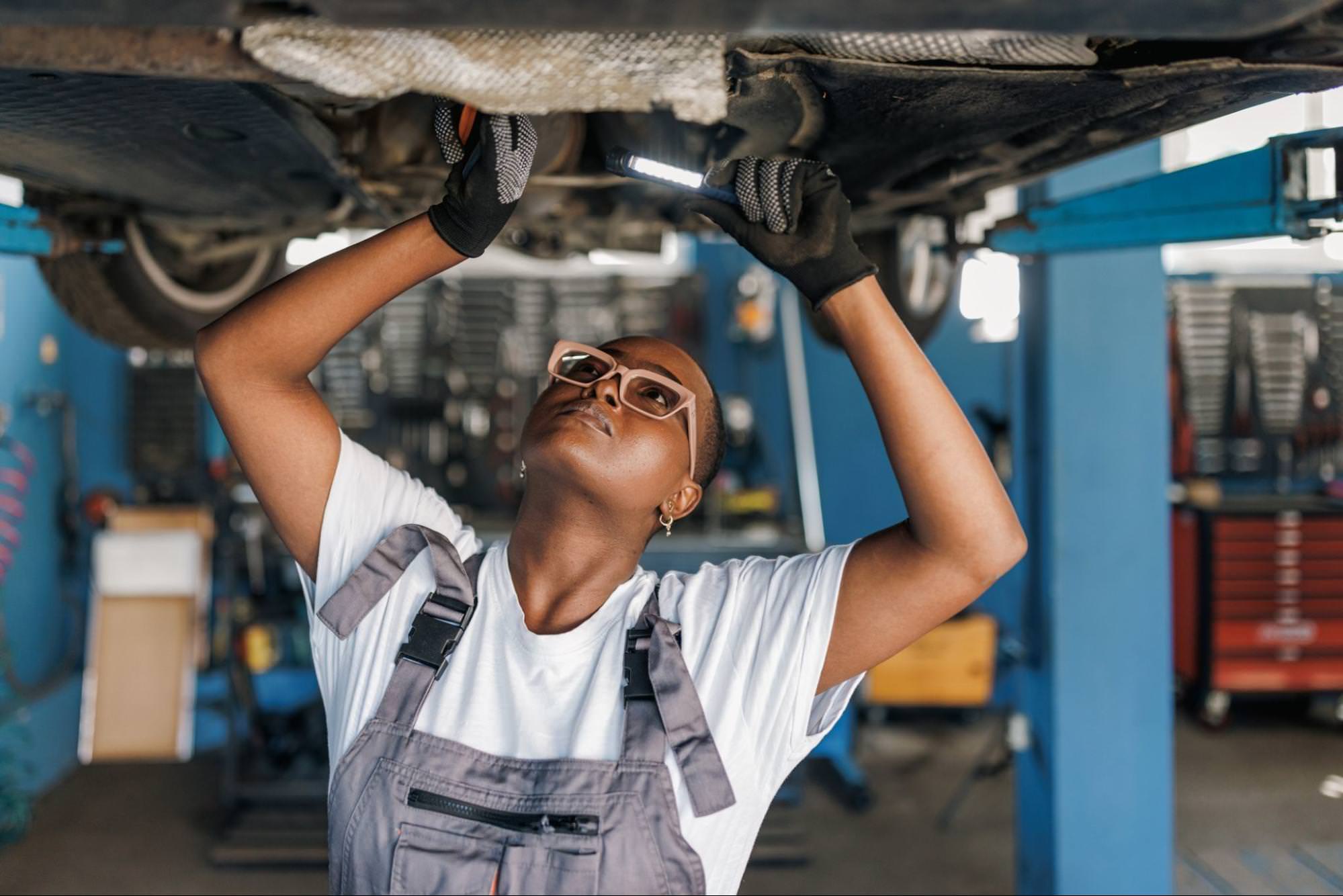
Können Sie vom Kauf beschädigter Autos profitieren?
Denken Sie, dass beschädigte Autos ein Risiko darstellen? Denken Sie nochmal nach! Erfahren Sie, wie Sie beschädigte Autos kaufen, reparieren und verkaufen, um Ihr Autohandelsgeschäft anzukurbeln und versteckte Gewinne zu erschließen.
24 March 2024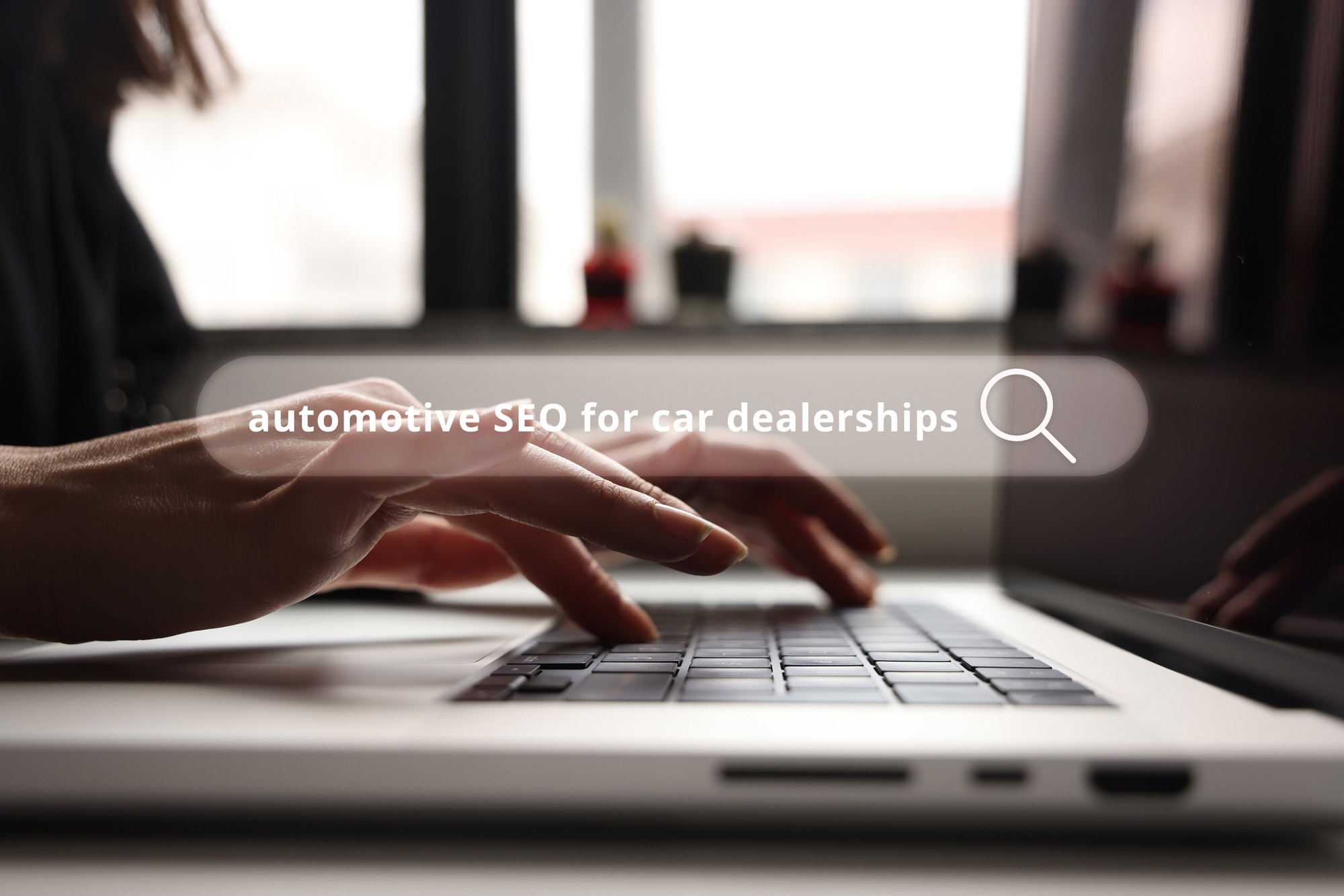
Automobil-SEO für Autohäuser – Tipps vom eCarsTrade SEO Team
Steigern Sie den Online-Erfolg Ihres Autohauses mit SEO-Taktiken für die Automobilbranche. Entdecken Sie, wie Sie den Umsatz steigern, den Traffic steigern und die Konkurrenz hinter sich lassen können. Erfahren Sie mehr!
21 March 2024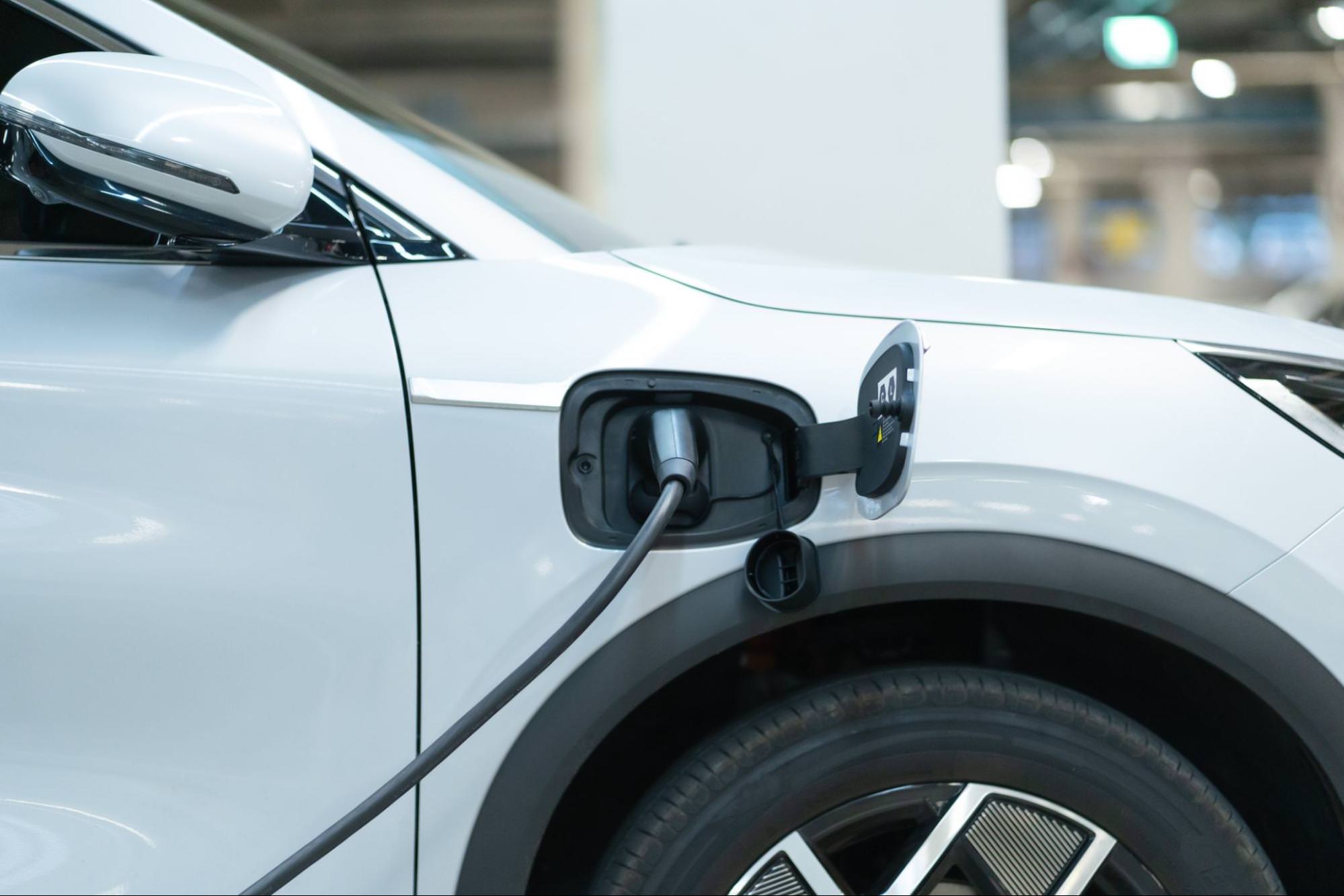
Ist 2024 das Jahr, in dem man in Hybrid- und Elektrofahrzeuge investieren sollte?
Elektro- und Hybridfahrzeuge bieten großartige Chancen für erfahrene Gebrauchtwagenhändler, die auch in einem sich verlangsamenden Markt auf die Vorlieben der Verbraucher reagieren können.
21 March 2024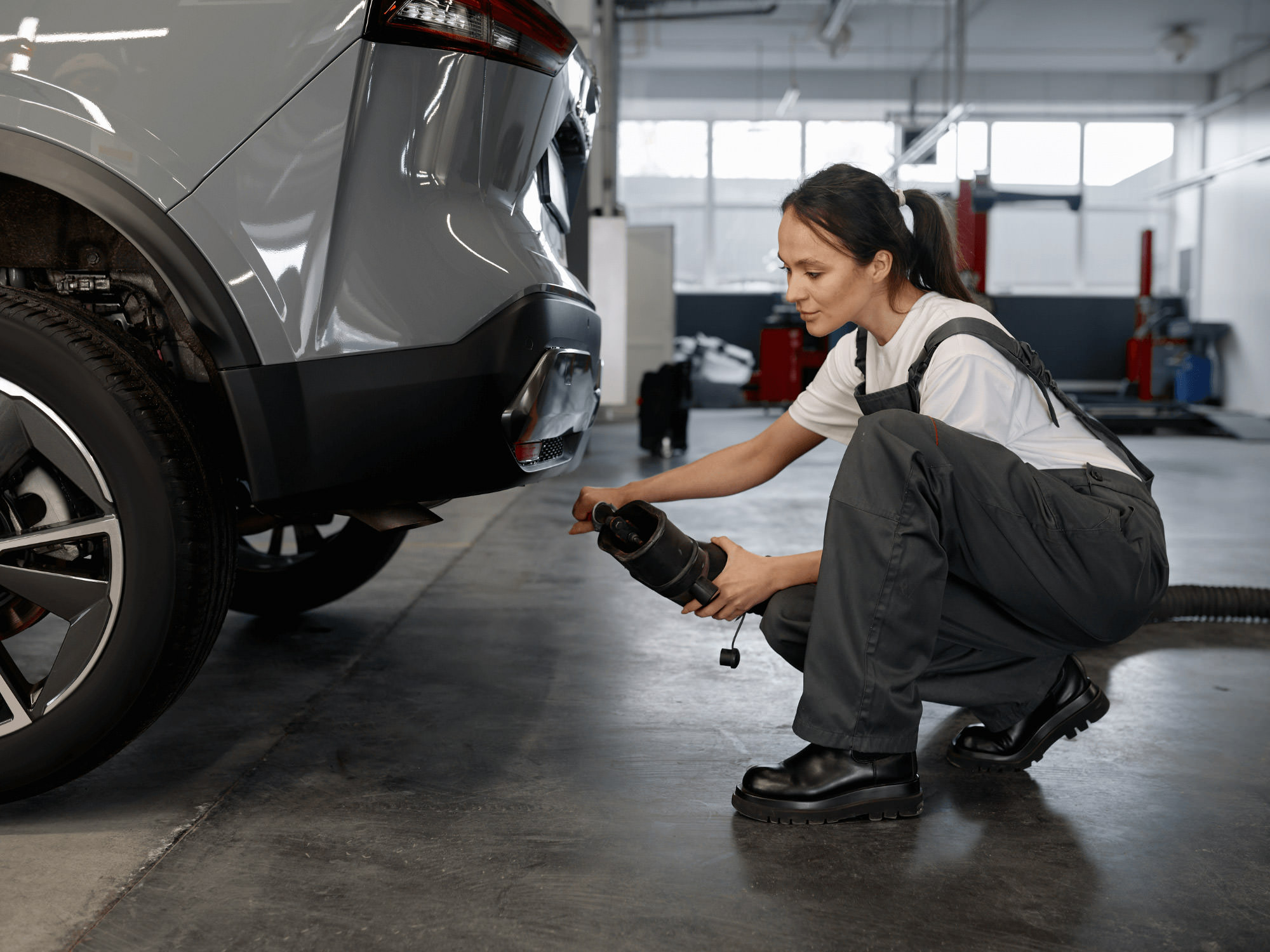
WLTP-Standards – Alles, was Sie wissen müssen
Alle Fragen, die Sie zum WLTP-Standard und zum CO2-Ausstoß hatten, werden von den Automobilexperten von eCarsTrade einfach und klar beantwortet.
18 March 2024
Lösung häufiger Probleme beim Bieten auf eCarsTrade
Entdecken Sie mit unserem Leitfaden einfache Lösungen für häufige Bieterprobleme. Erfahren Sie, wie Sie bei eCarsTrade-Auktionen für Autohändler intelligenter bieten und mehr gewinnen können.
7 March 2024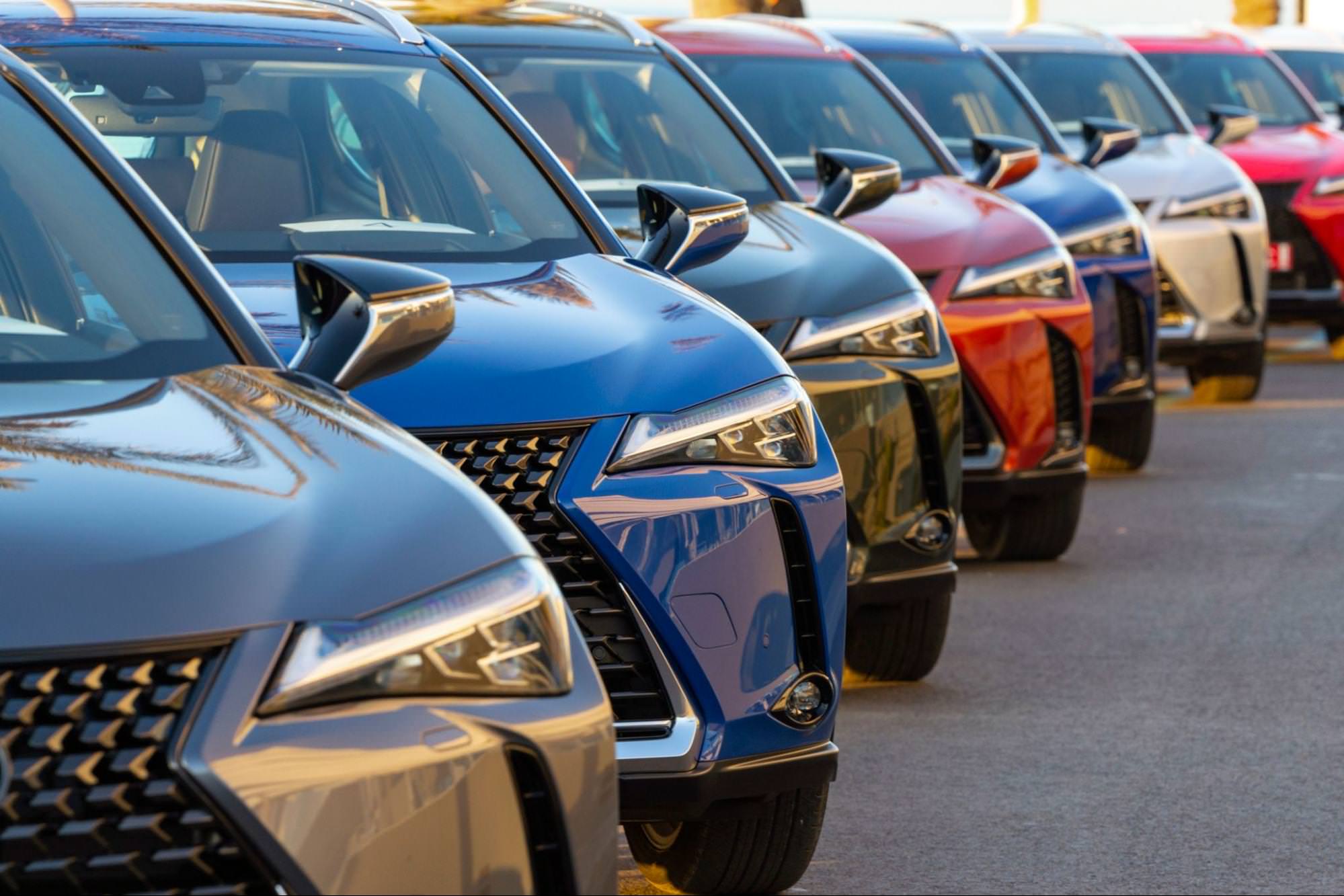
SUVs mit dem höchsten Wiederverkaufswert – Meinung von eCT-Experten
Um Ihr Verkaufsvolumen und Ihre Gewinnspanne bei gebrauchten SUVs zu steigern, lesen Sie unsere Liste mit SUVs mit hohem Wiederverkaufswert und erfahren Sie Tipps und Tricks von eCarsTrade-Experten.
28 February 2024
5 Möglichkeiten, die digitale Reichweite Ihres Autohauses zu verbessern
Die meisten Verbraucher beginnen ihre Suche nach einem neuen Auto online, daher ist die digitale Reichweite Ihres Autohauses entscheidend für dessen Erfolg. Hier lesen Sie unsere Tipps, wie Sie die Wirksamkeit Ihrer Werbeideen für Autohändler sicherstellen.
22 February 2024
Werden die Gebrauchtwagenpreise im Jahr 2024 sinken? Die Zukunft des Gebrauchtwagenmarktes
Tauchen Sie ein in eine ausführliche Analyse der Lage des Gebraucht- und Neuwagenmarktes Ende 2023 und lesen Sie unsere Prognosen für die Gebrauchtwagenpreise im Jahr 2024.
19 January 2024Die 7 besten gebrauchten Hybridautos, die Sie heute als Autohändler kaufen können
Möchten Sie in ein zuverlässiges Hybridauto investieren? Schauen Sie sich unsere Liste der 8 besten gebrauchten Hybride für 2024 an – alle erhältlich auf eCarsTrade.
30 December 2023
Meisterhaftes Bieten bei Autoauktionen: Strategien und Tools für den Erfolg
Entdecken Sie Expertenstrategien und Tools wie eCarsTrade, um Autoauktionen zu gewinnen. Lernen Sie Gebotstechniken und Auktionsarten kennen und vermeiden Sie häufige Fehler.
12 December 2023
Erfahren Sie alles über diese 7 Arten von Online-Autoauktionen: Ein Insider-Leitfaden
Informieren Sie sich über Autoauktionen, ihre verschiedenen Arten und den Bietvorgang, damit Sie noch heute bequem und zu unglaublichen Preisen mit dem Autokauf beginnen können.
6 December 2023
So eröffnen Sie einen Gebrauchtwagenhändler
Lesen Sie unsere Schritt-für-Schritt-Anleitung zur Gründung eines Gebrauchtwagenhändlers, um kompetente Ratschläge für den Aufbau eines starken und erfolgreichen Unternehmens zu erhalten.
15 October 2023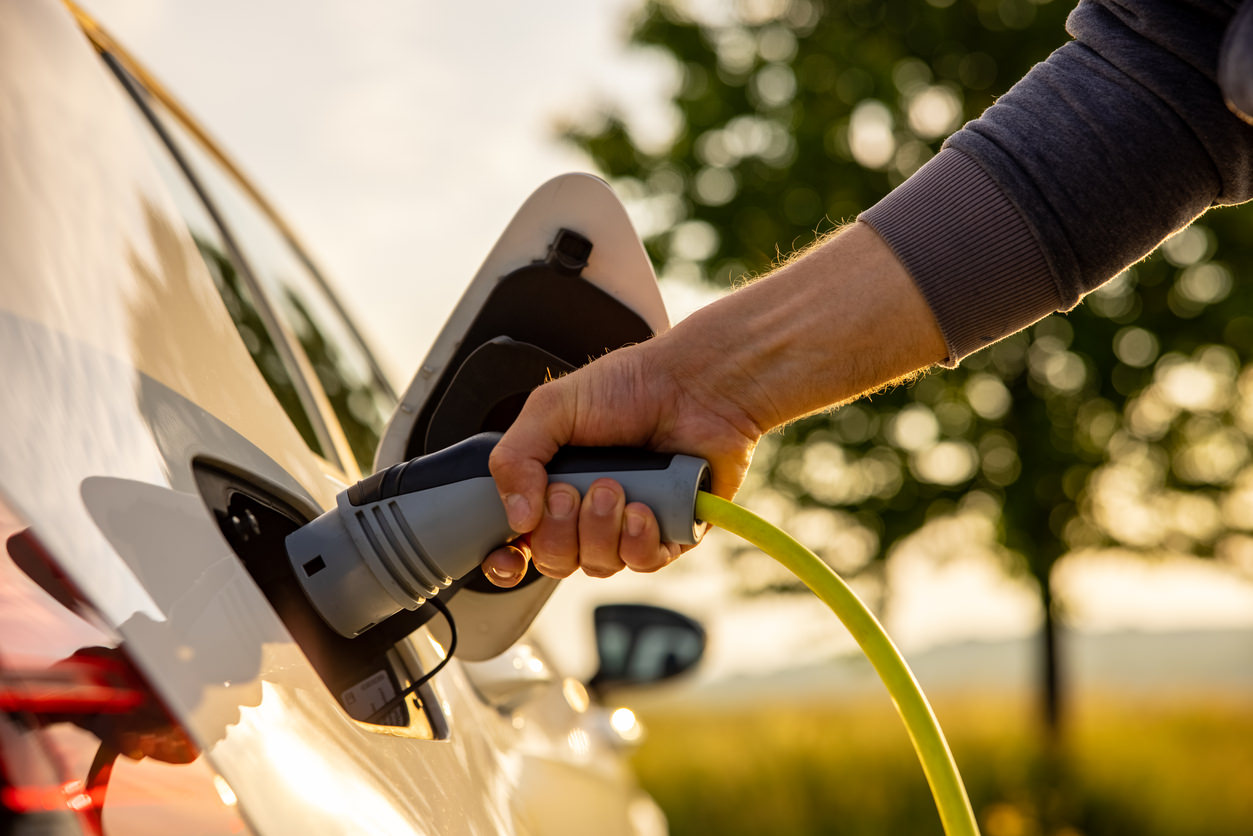
Hybrid-Autos: Ein Leitfaden für Gebrauchtwagenhändler
Lassen Sie uns einen Blick auf die verfügbaren Typen und den aktuellen Markt für Hybridautos für Gebrauchtwagenhändler mit den wichtigsten Verkaufsargumenten und allgemeinen Bedenken werfen.
31 August 2023So kaufen Sie Gebrauchtwagen: Expertentipps für Händler
Steigern Sie Ihren Umsatz und bauen Sie einen treuen Kundenstamm auf mit unseren praktischen Tipps zur Auswahl der richtigen Fahrzeuge für Ihren Gebrauchtwagenhandel.
31 July 2023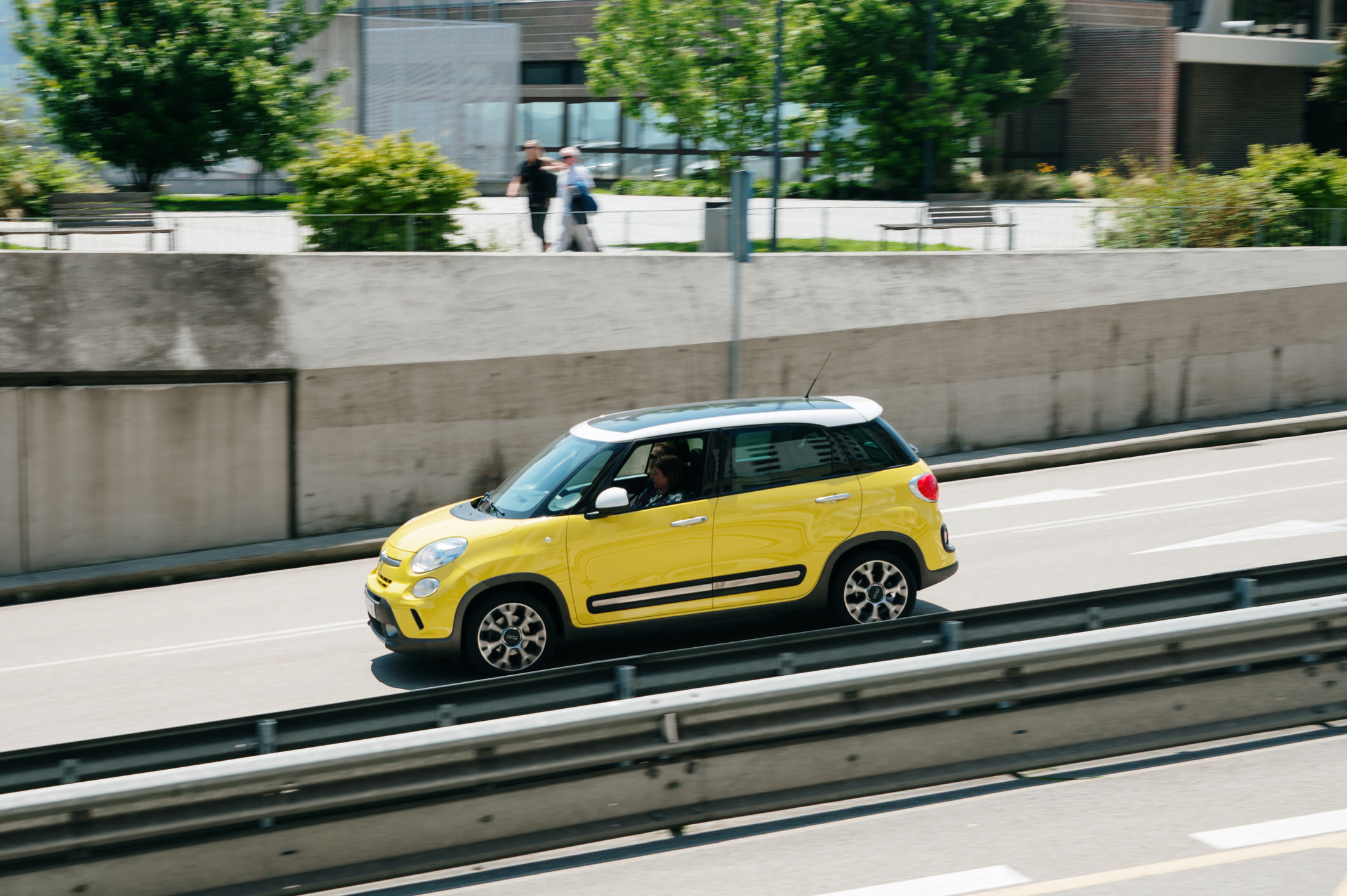
6 beste kleine Stadtautos
Entdecken Sie die besten kleinen Stadtautos, die Autohändlern hohe Verkaufszahlen, Marktpopularität und Zuverlässigkeit für profitable Erträge bietet.
31 July 2023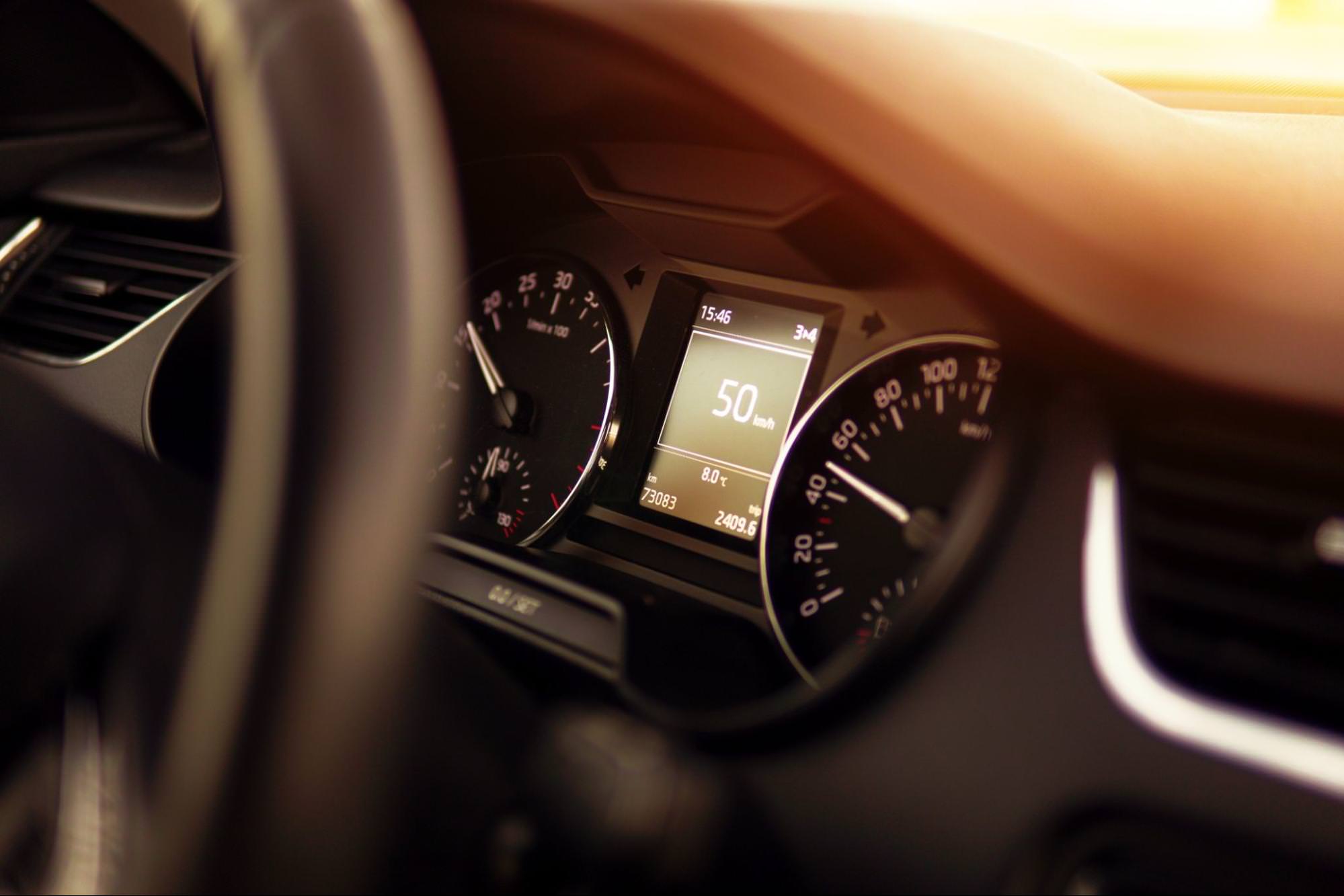
Was ist ein guter Kilometerstand für einen Gebrauchtwagen?
Vergewissern Sie sich, dass ein Gebrauchtwagen Ihr Geld wert ist - mit unserem Leitfaden zu Kilometerstand und anderen Indikatoren für den Fahrzeugzustand.
14 June 2023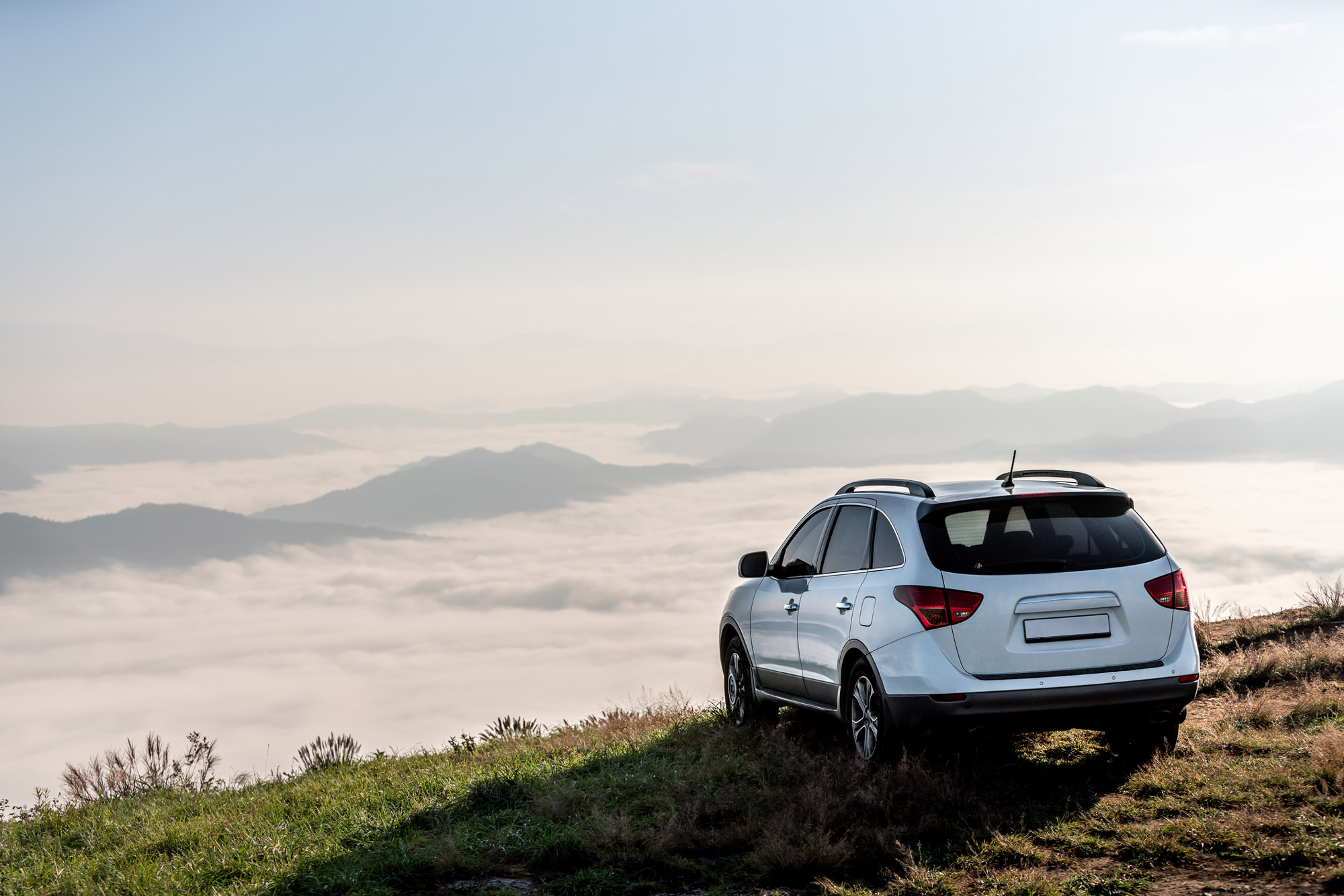
Die 9 besten gebrauchten SUVs, die Sie heute kaufen können
Sie möchten in einen zuverlässigen SUV investieren? Schauen Sie sich unsere Liste der 9 besten gebrauchten SUVs an, die Sie 2025 kaufen können, verfügbar auf eCarsTrade.
3 May 2023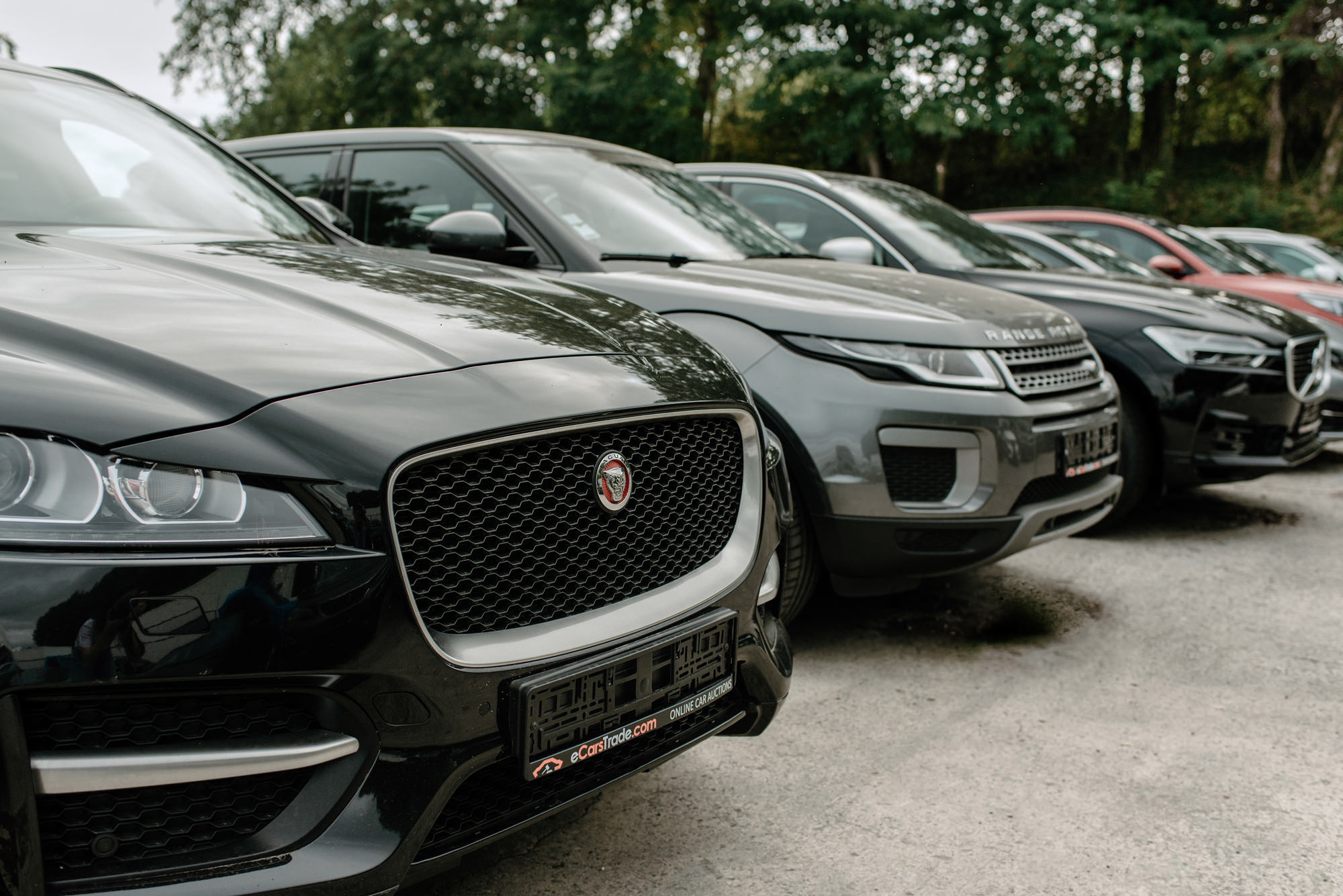
Wird sich der Gebrauchtwagenverkauf im Jahr 2023 in Europa verändern? Eine vollständige Analyse
Wie hat sich der europäische Gebrauchtwagenmarkt im Jahr 2023 entwickelt? Lassen Sie uns gemeinsam tief in die Gebrauchtwagenverkäufe in Europa eintauchen und herausfinden, was für den Rest des Jahres zu erwarten ist.
28 April 2023
Steigern Sie den Erfolg Ihres Autohauses mit diesen 5 Online-Marken-Strategien
Erfahren Sie alles, was Sie schon immer über das Branding von Autohäusern wissen wollten, und lernen Sie, wie Sie Ihre eigene Marke mit der Kraft des Internets, intelligenten Designpraktiken und moderner Technologie aufwerten können.
20 March 2023
9 häufige Verkaufsfehler in Autohäusern und wie man sie behebt
Autohäuser sind ein Balanceakt zwischen dem Verkauf von Autos, der Beschaffung von Lagerbeständen und der Zufriedenheit der Kunden. Erfahren Sie, wie Sie diesen Spagat erfolgreich meistern und die häufigsten Fehler beheben können!
15 March 2023
Wie kauft man ein Auto bei einer Online-Autoauktion? Tipps vom eCarsTrade-Verkaufsteam
Lassen Sie uns gemeinsam in Fragen über Online-Autoauktionen, den Kaufprozess, das Bieten und den Versand von Autos eintauchen, die, neben vielen anderen, unser Verkaufsteam täglich beantwortet!
15 March 2023
2023 Trends bei Elektrofahrzeugen: Der Aufstieg des EF-Remarketing
Lesen Sie alles über die Chancen, Herausforderungen und offenen Fragen der Wiedervermarktung von Elektrofahrzeugen, während EVs in den Mittelpunkt des europäischen Transportwesens rücken.
6 February 2023
Wie transportiert man Autos zwischen Autohäusern
Der Transport Ihrer Fahrzeuge ist ein wesentlicher Bestandteil des Geschäfts eines Autohauses. Finden Sie heraus, wie Sie am meisten Zeit und Geld sparen können!
5 February 2023
Sind Online-Autoauktionen wirklich sicher? - 7 Mythen über Autoauktionen
Online-Autoauktionen sind immer noch mit einigen weit verbreiteten Missverständnissen behaftet. Lassen Sie uns gemeinsam mit einigen Mythen aufräumen und erfahren Sie, wie Auktionen Ihnen helfen können, den Bestand Ihrer Träume aufzubauen!
24 January 2023
6 digitale Marketing-Strategien für Autohäuser im Jahr 2023
Lernen Sie einige der grundlegenden und effektivsten digitalen Marketingstrategien kennen und bringen Sie Ihr Automobilgeschäft auf die nächste Stufe.
22 January 2023
7 Tipps zur Reparatur kleinerer Schäden am Auto
Wenn Sie ein Auto mit reparierten kleinen Schäden verkaufen, können Sie Ihren Gewinn steigern. Lesen Sie unseren Leitfaden, wie Sie kleinere Schäden wie Kratzer, Dellen und Risse am Auto reparieren können.
16 December 2022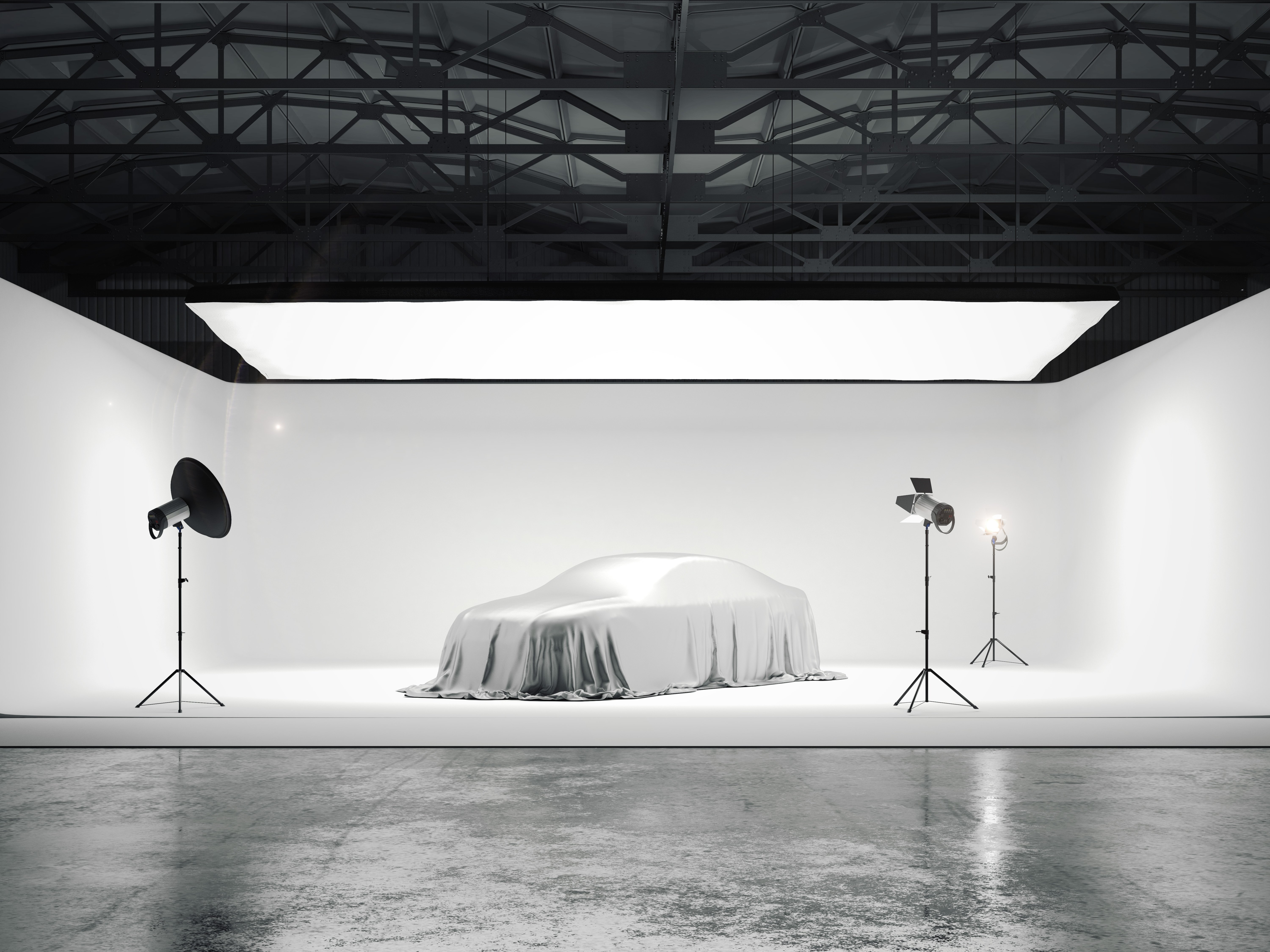
So fotografieren Sie Gebrauchtwagen, um den Umsatz zu steigern – Ein praktischer Leitfaden für Händler
Unsere Schritt-für-Schritt-Anleitung zeigt Ihnen, wie Sie tolle Gebrauchtwagenfotos für Ihr Autohaus machen. Machen Sie professionelle Fotos für Ihr Autogeschäft und steigern Sie Ihren Umsatz!
14 December 2022
Top 5 der besten und zuverlässigsten Gebrauchtwagen zum Kauf
Entdecken Sie diese 5 Automodelle, die bei einer der größten Automobilumfragen in Europa als die zuverlässigsten Fahrzeuge eingestuft wurden.
15 November 2022Sollten Sie als Autohändler ein gebrauchtes Elektroauto kaufen? Alles, was Sie wissen müssen
Tauchen Sie mit uns in die Vor- und Nachteile des Kaufs eines gebrauchten Elektrofahrzeugs ein und beantworten Sie eine brennende Frage: Sind gebrauchte Elektroautos ein guter Kauf für Autohändler?
15 November 2022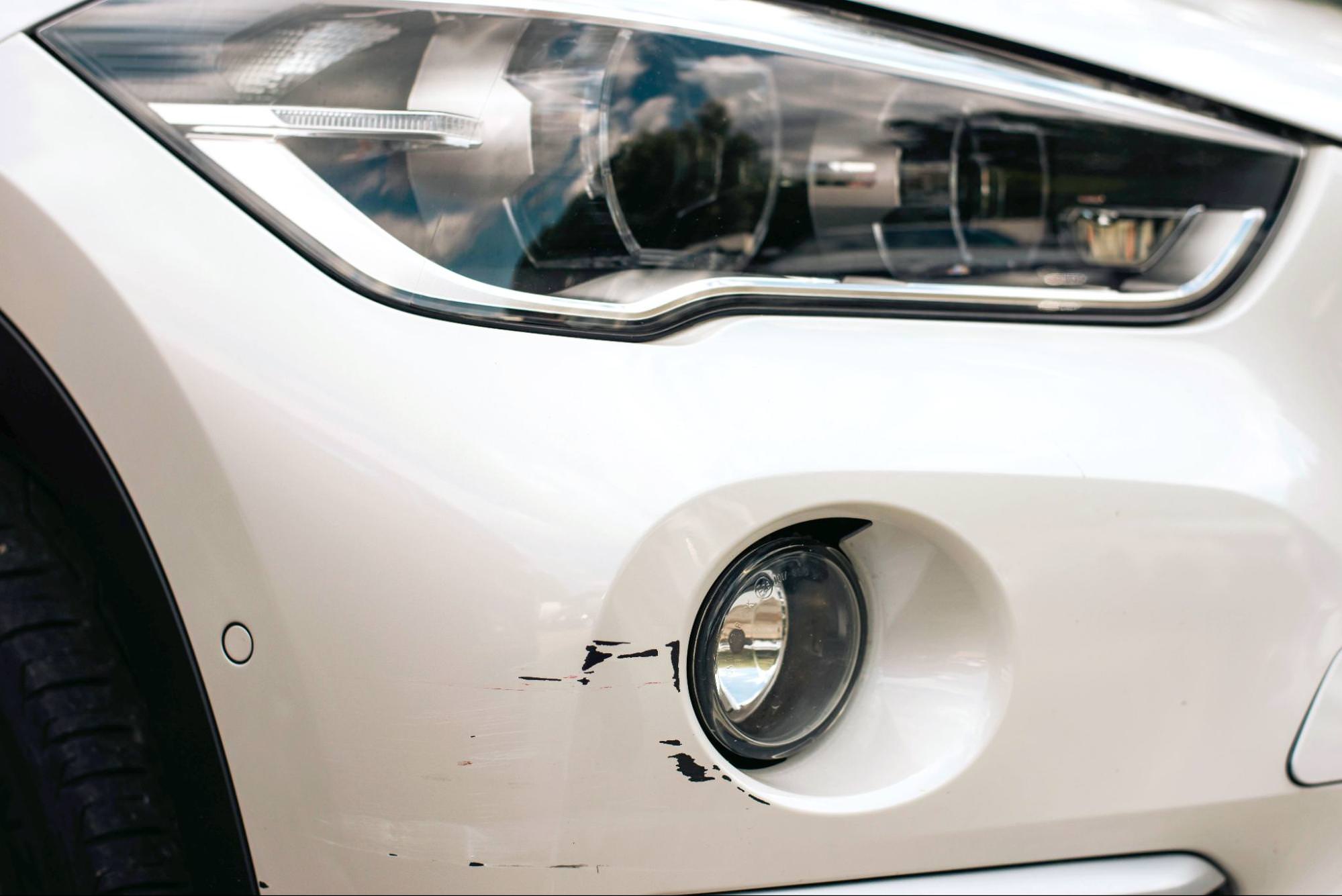
Sollten Sie ein beschädigtes Auto kaufen? Unser Leitfaden zu Vor- und Nachteilen
Alles, was Sie über den Kauf eines Unfallwagens wissen müssen, einschließlich Vor- und Nachteile, Tipps und Informationen zum Kauf bei eCarsTrade.
30 September 2022
5 VIN-Check-Decoder zur Überprüfung der Fahrzeughistorie Ihres Gebrauchtwagens in Europa
Informieren Sie sich mithilfe dieser 5 VIN-Decoder über die Fahrzeughistorie Ihres Gebrauchtwagens. Mit VIN-Decodern erhalten Sie einen Fahrzeugverlaufsbericht und vermeiden so den Kauf oder Verkauf von Fahrzeugen mit Unfallhistorie, Kilometerbetrug oder versteckten Schäden.
12 September 2022
Bewerten Sie einen Gebrauchtwagen wie ein Experte in 7 einfachen Schritten (+ Bonus-Tipp!)
Entdecken Sie 7 einfachen Schritte, die Ihnen bei der Bewertung eines Gebrauchtwagens helfen und erfahren Sie alles über den Kauf der besten Autos für Ihr Kfz-Geschäft.
16 August 2022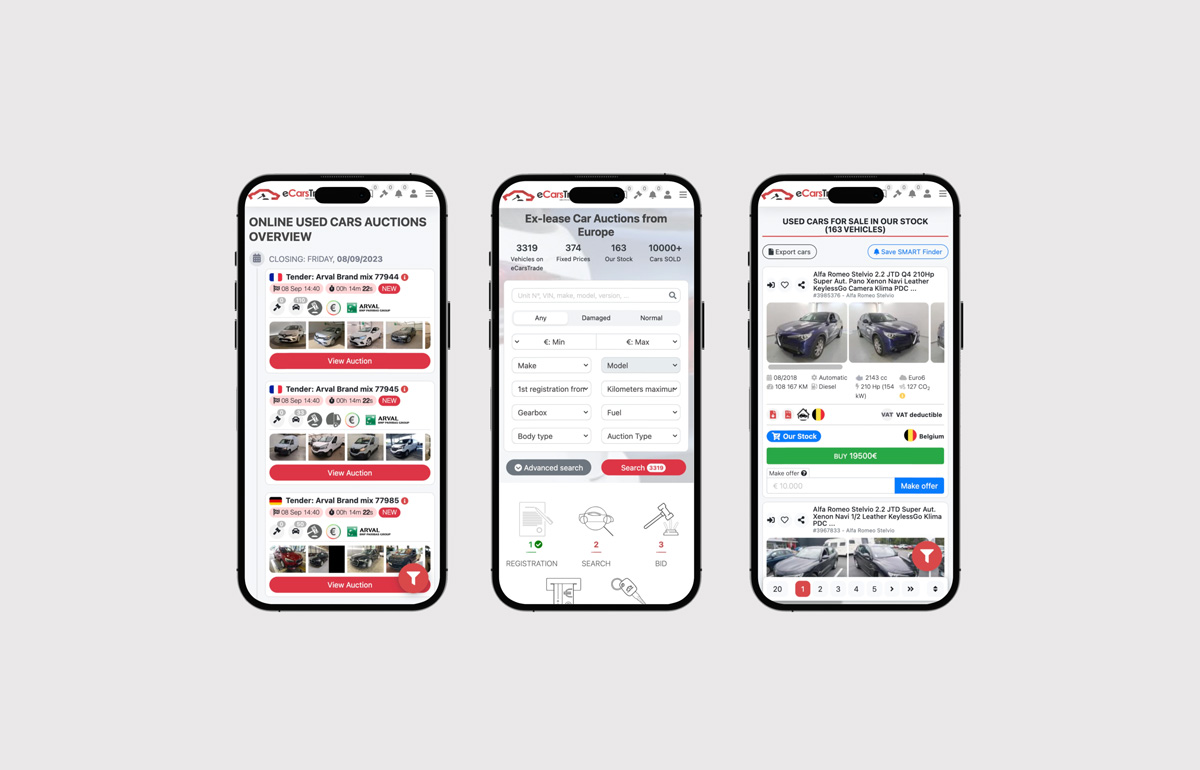
eCarsTrade wird mobil!
eCarsTrade.com ist jetzt auf all Ihren Geräten verfügbar, jederzeit und überall. So haben Sie ganz einfach immer einen Überblick über Ihre Lieblingsfahrzeuge und Gebote auf eCarsTrade und können problemlos Ihre Käufe überprüfen – egal wo Sie sind!
12 March 2018